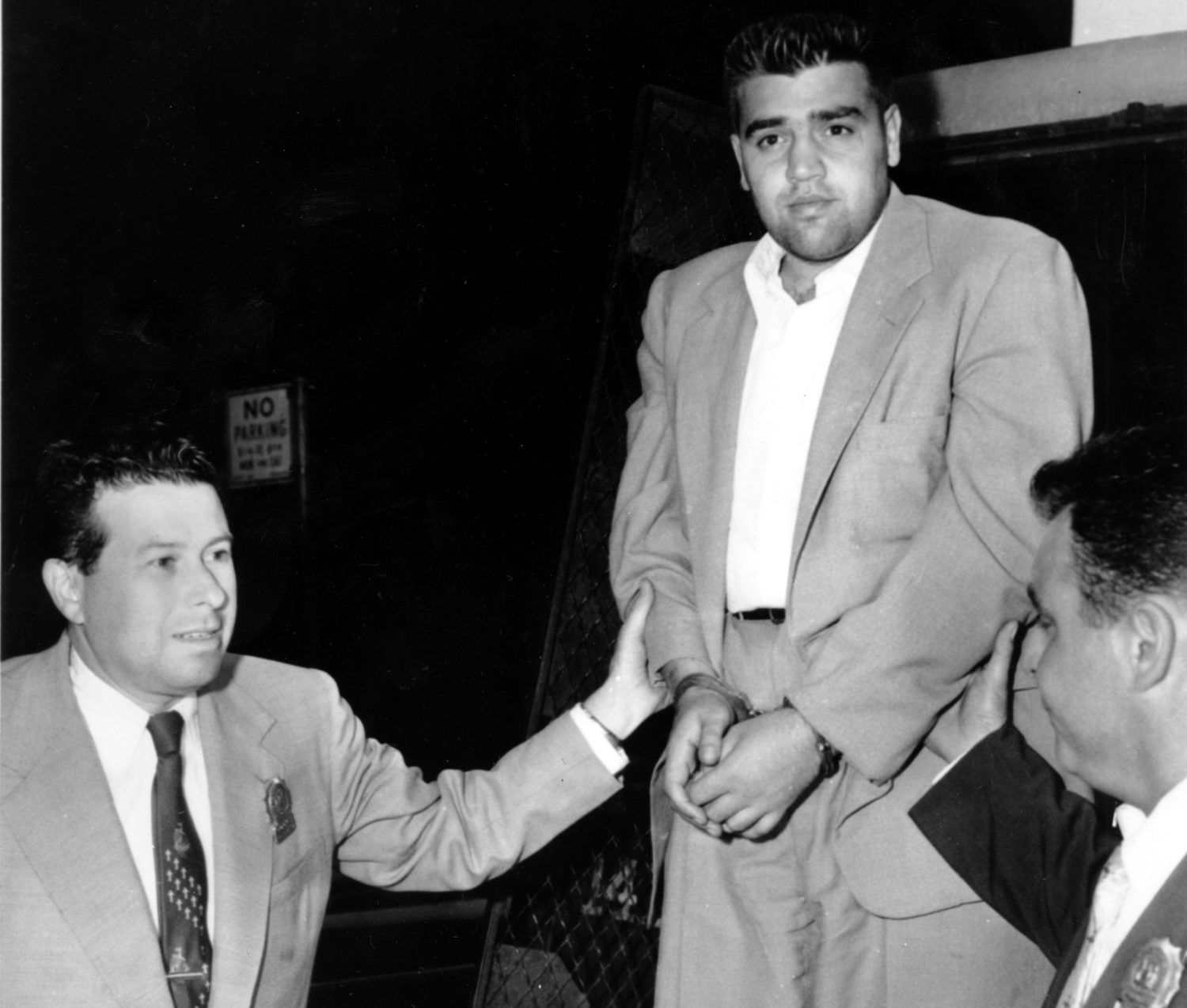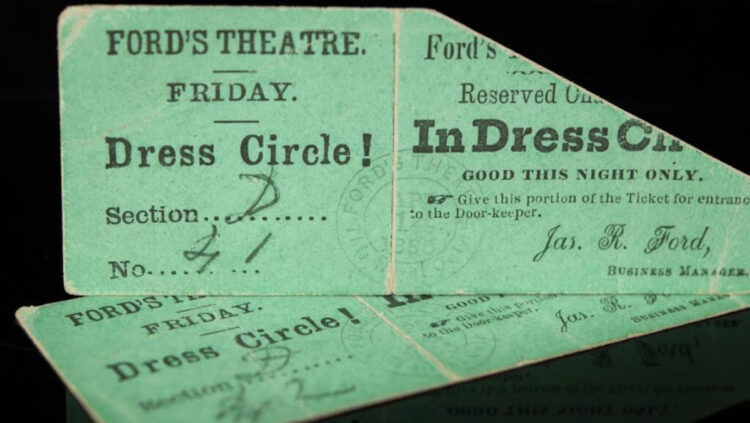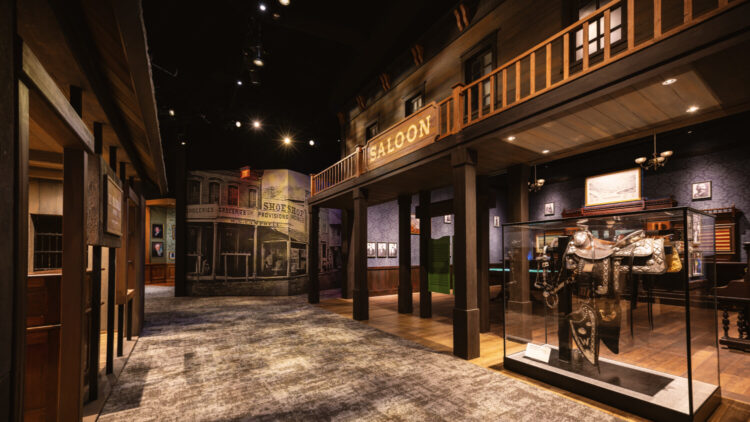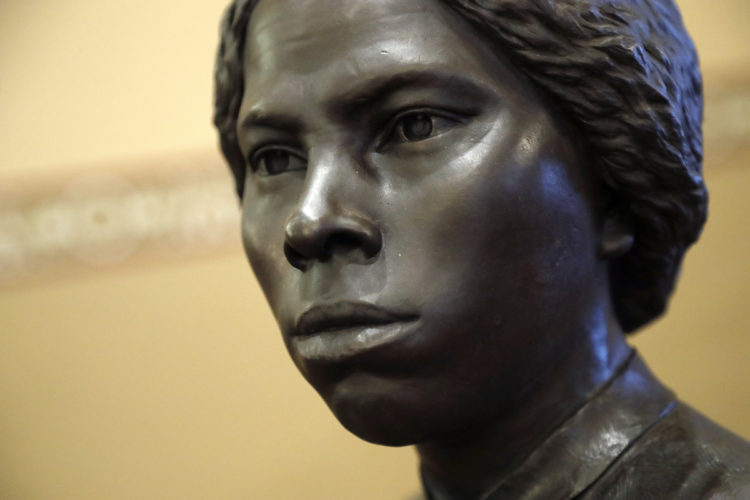Famous gangsters from American history: What happened to them?
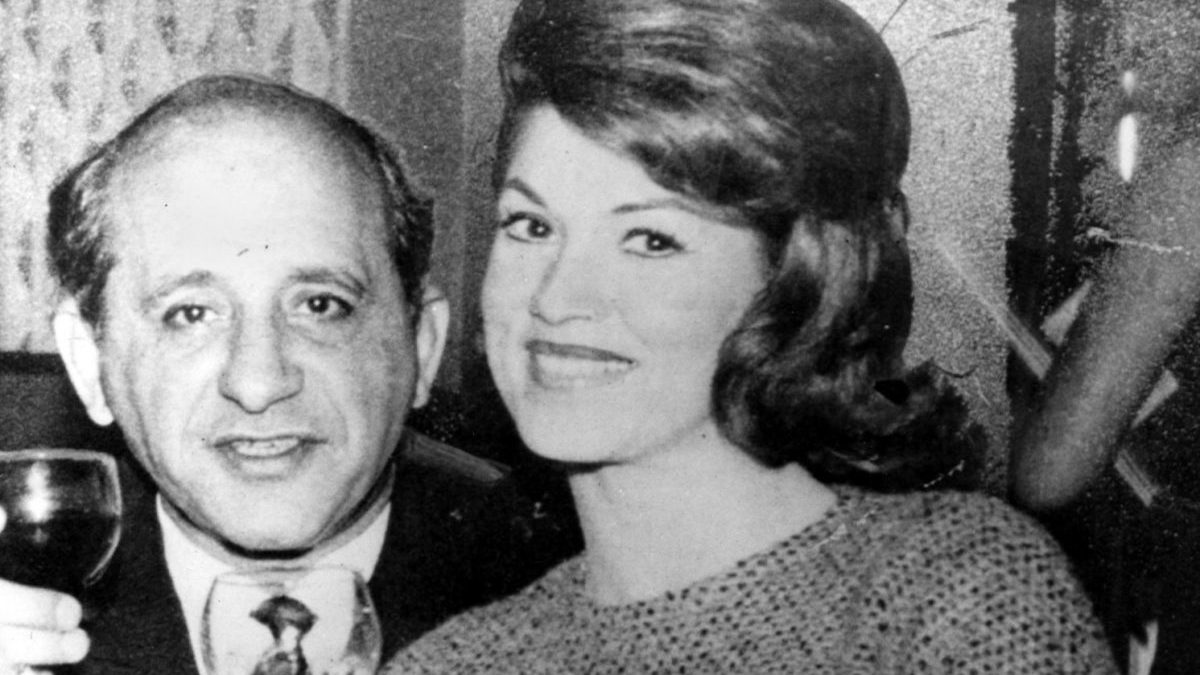
For as much as American culture loves to celebrate heroes and crime-fighters, it also has a major soft spot for the bad guys. The worlds of Hollywood and publishing have been glorifying gangsters for roughly a century, sometimes telling the true stories of real-life villains and sometimes merely telling ones that were inspired by those figures.
Even if you know the names of some of the most famous gangsters in American history, you might not know what came of them in the end. Here’s what happened to them when their life of crime caught up with them — if it ever did at all.
‘Bugsy’ Siegel
You’re going to see a lot of unique nicknames on this list, and Benjamin “Bugsy” Siegel has one of the most famous in the mobster pantheon. Siegel got his moniker for being “crazy as a bedbug,” according to PBS. After years of running a murder-for-hire syndicate with fellow New York gangster Meyer Lansky in the 1920s and ’30s, the pair helped turn Las Vegas into the legal gambling mecca it is today. However, the famous gangster’s apparent mismanagement of funds made his partner and other underworld investors unhappy, leading to his violent murder at his Beverly Hills home in 1947.
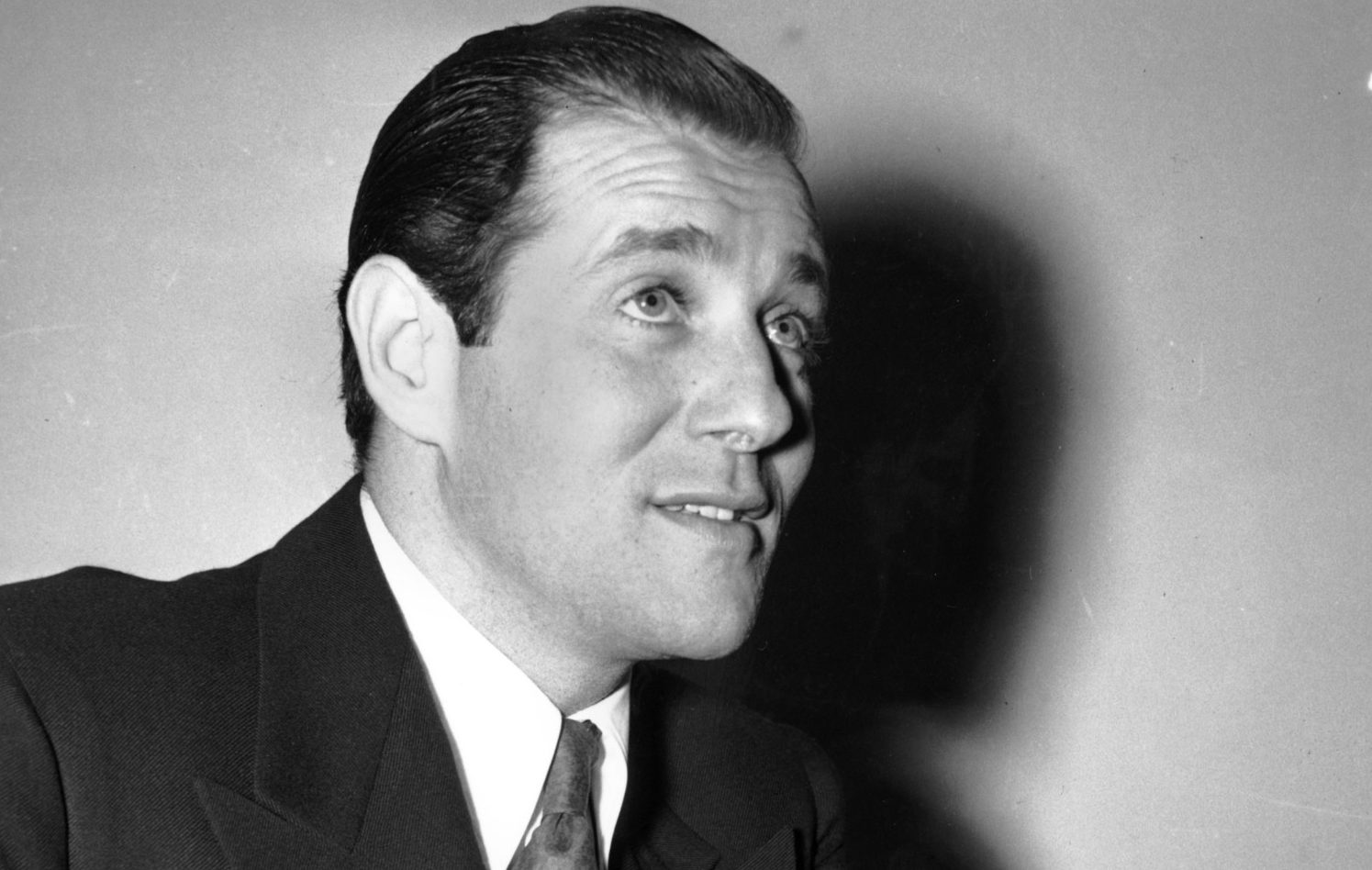
Al Capone
If there’s one American criminal who ranks atop the most famous gangsters ever, it’s probably Al Capone. Even during his lifetime, the Chicago-based boss was legendary for allegedly being behind dozens of killings, although he never left any evidence to put himself away. Capone eventually became a mastermind of bootlegging during the Prohibition era, which lasted from 1920-1933, but again made himself nearly impossible to put away. He was eventually arrested in 1931 and convicted on tax evasion charges, being let out of jail after just over six years for good behavior.
Capone’s final years saw him racked with syphilis, but he died a free man in 1947 after suffering a heart attack at the age of 48.
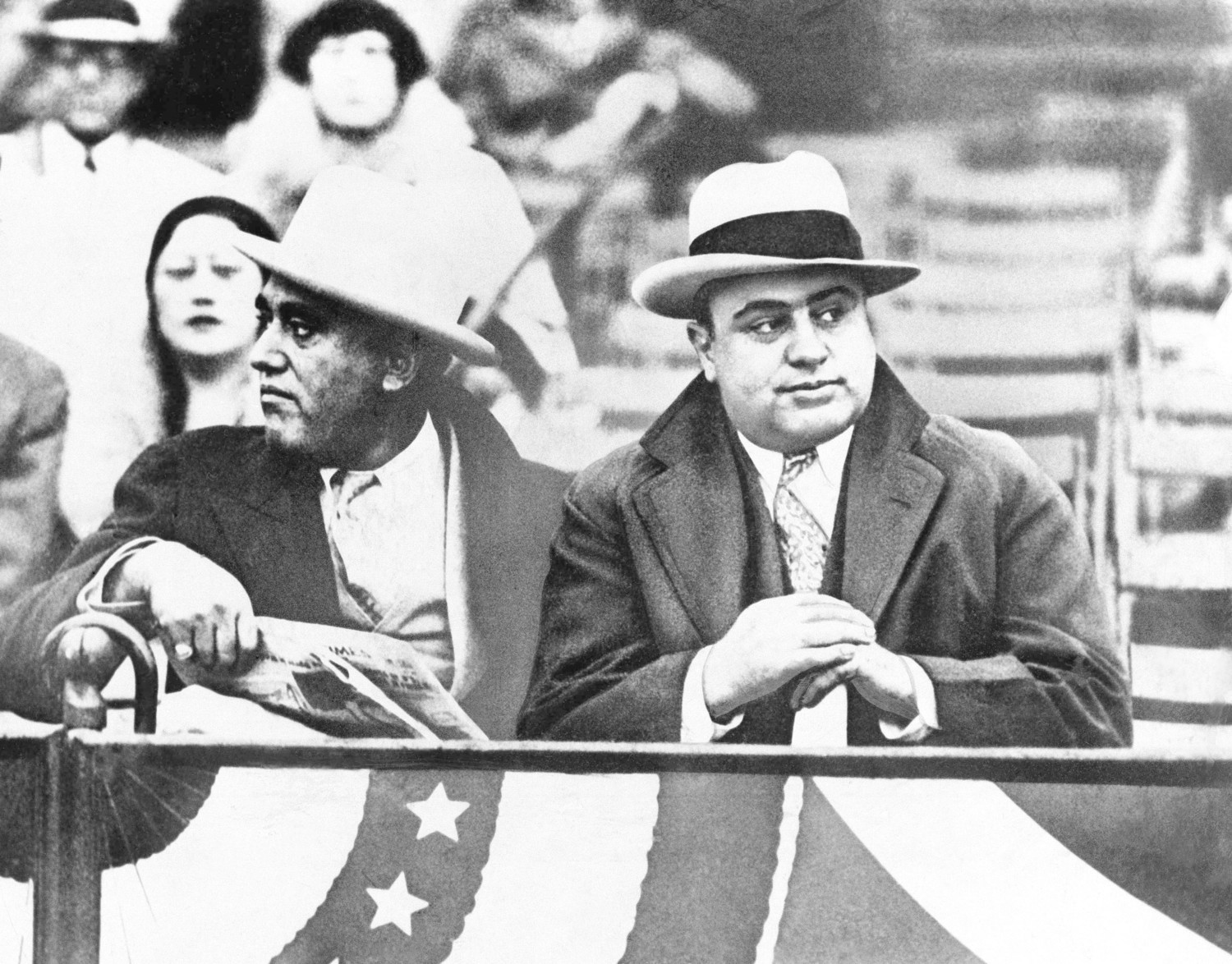
Meyer Lansky
The aforementioned Meyer Lansky was born in what is now Belarus before his parents moved the family to New York when he was a boy. After starting out in illegal gambling and petty crimes, Lansky and his partner, “Bugsy” Siegel, formed a murder-for-hire squad that eventually grew into a major syndicate in the mid 1930s. After eventually ordering Siegel’s death in 1947, Lansky went on to earn hundreds of millions of dollars investing in casinos in the Caribbean and England. Unlike many other famous gangsters, Lansky never served hard time, eventually dying of lung cancer in 1983 at the age of 80.
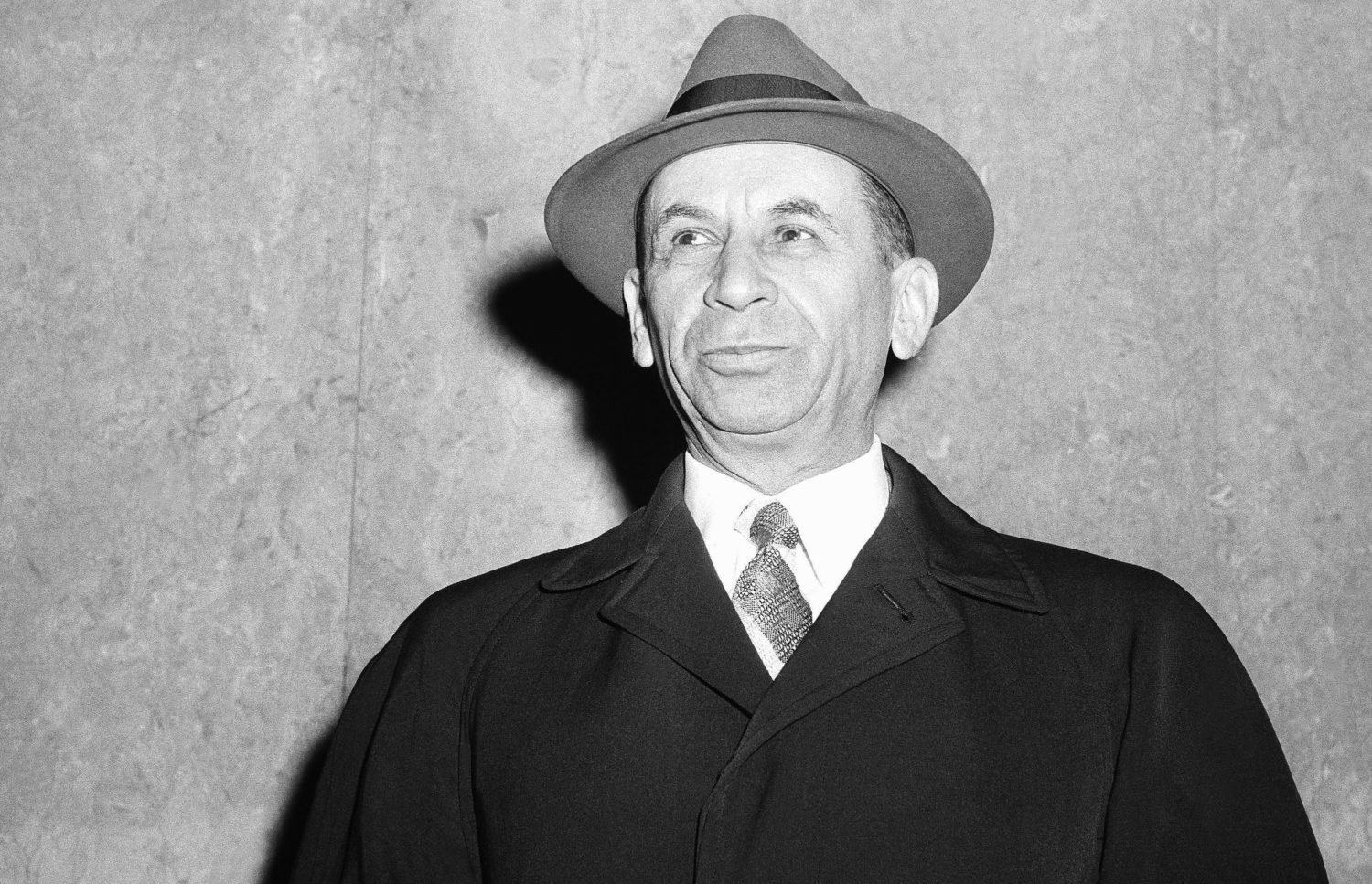
John Dillinger
Indianapolis native John Dillinger, shown at center here, was one of the first celebrity gangsters, with members of the American public openly rooting against the FBI in the bureau’s pursuit to capture him in 1934. After being arrested for assault in Mooresville, Indiana, in 1924, at the age of 20, Dillinger spent nine years in prison before being paroled. His stint in prison did nothing to rehabilitate the young criminal, instead making her more certain that he wanted to rob banks for a living, which he did after his release.
A month after being declared Public Enemy No. 1 by the federal authorities — following a legendary escape from custody — he was ambushed and shot dead by officers outside a Chicago movie theater in 1934. He was 31 years old.
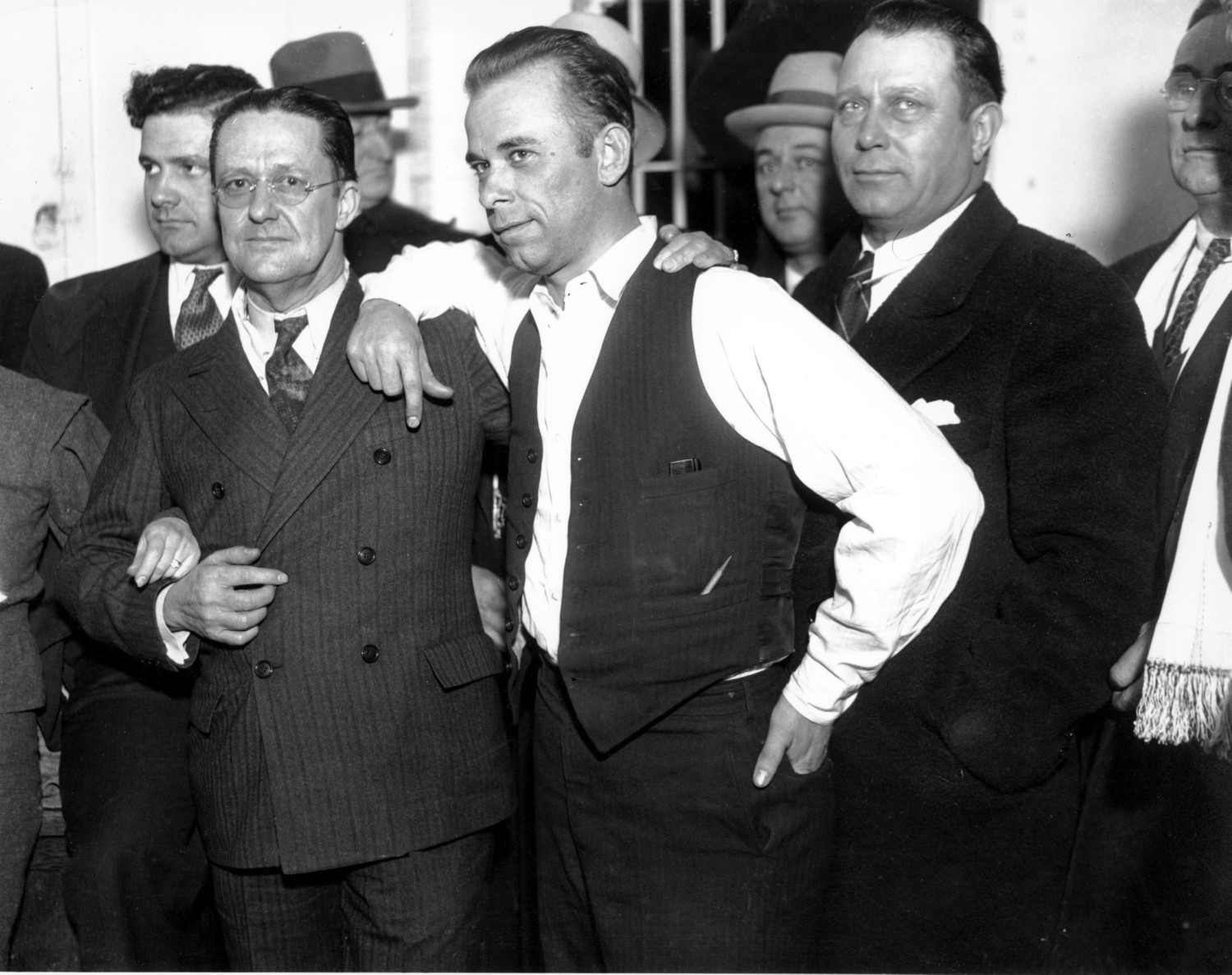
Bonnie Parker & Clyde Barrow
There may be no more notorious love story in American history than that of Bonnie Parker and Clyde Barrow. In the mid-1930s, the lovers spent more than two years going on a reign of terror across the Plains states, allegedly killing at least 13 people and doing numerous robberies and kidnappings with their circle of friends, the Barrow Gang. Parker especially became an object of cultural fascination at the time, due to the fact that she and Barrow weren’t married and she actively participated in the gang’s crimes.
They were killed together in a brutal shootout with police in Louisiana in 1934; Parker was 23 and Barrow was 24.
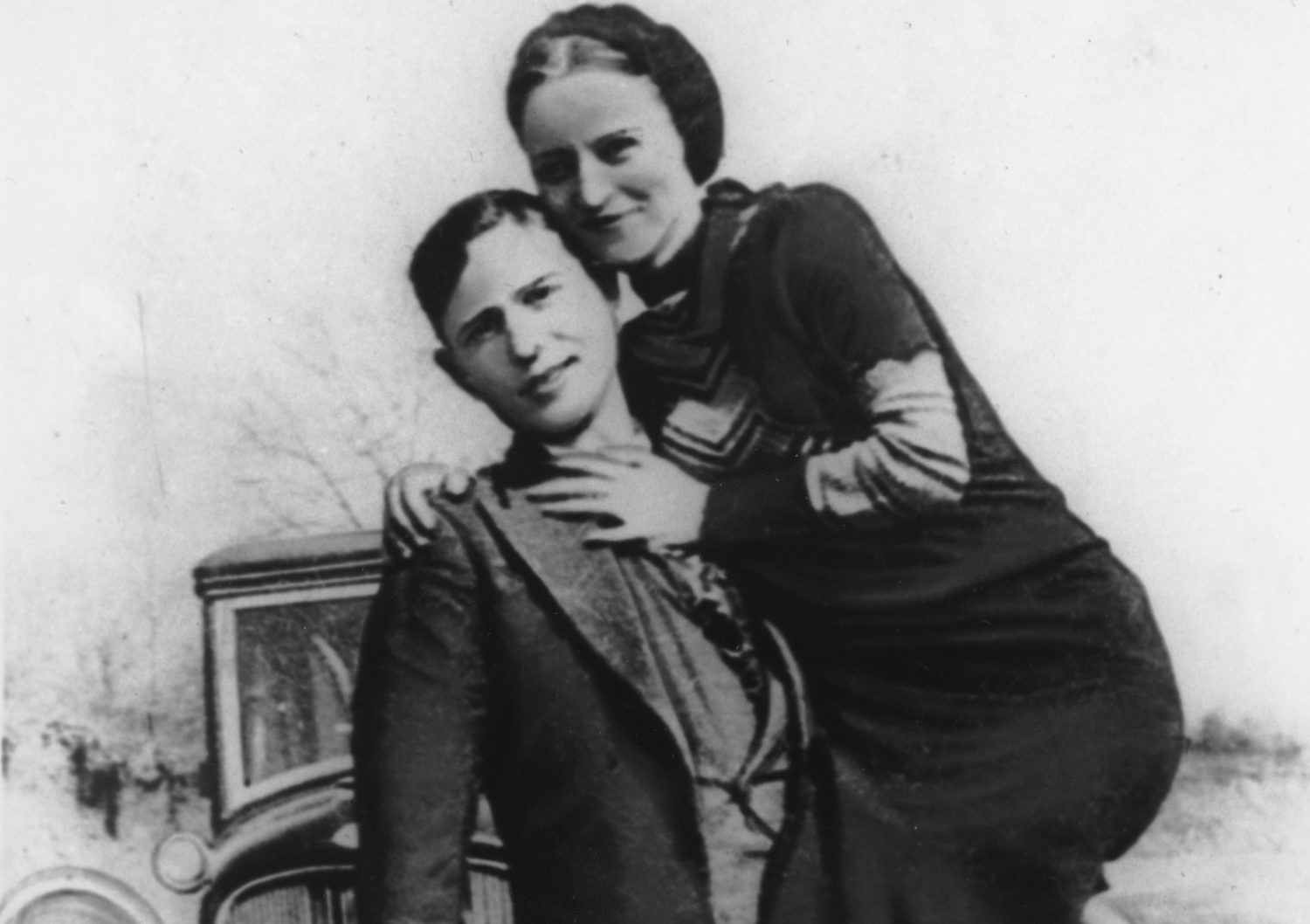
Vito Genovese
“Don Vito” Genovese was a titan in the mob world from the 1930s through the 1960s, even maintaining some control of his family’s business from a prison cell after he was eventually put away. Born in Italy, Genovese came to New York as a teen in 1913 and was working under “Lucky” Luciano by the 1920s. He was linked to everything from drug smuggling to murders and was nearly convicted in 1945 until a key witness against him was poisoned while in protective custody. Genovese eventually went down on federal drug charges in 1959 and died of a heart attack in 1969 while still in custody.
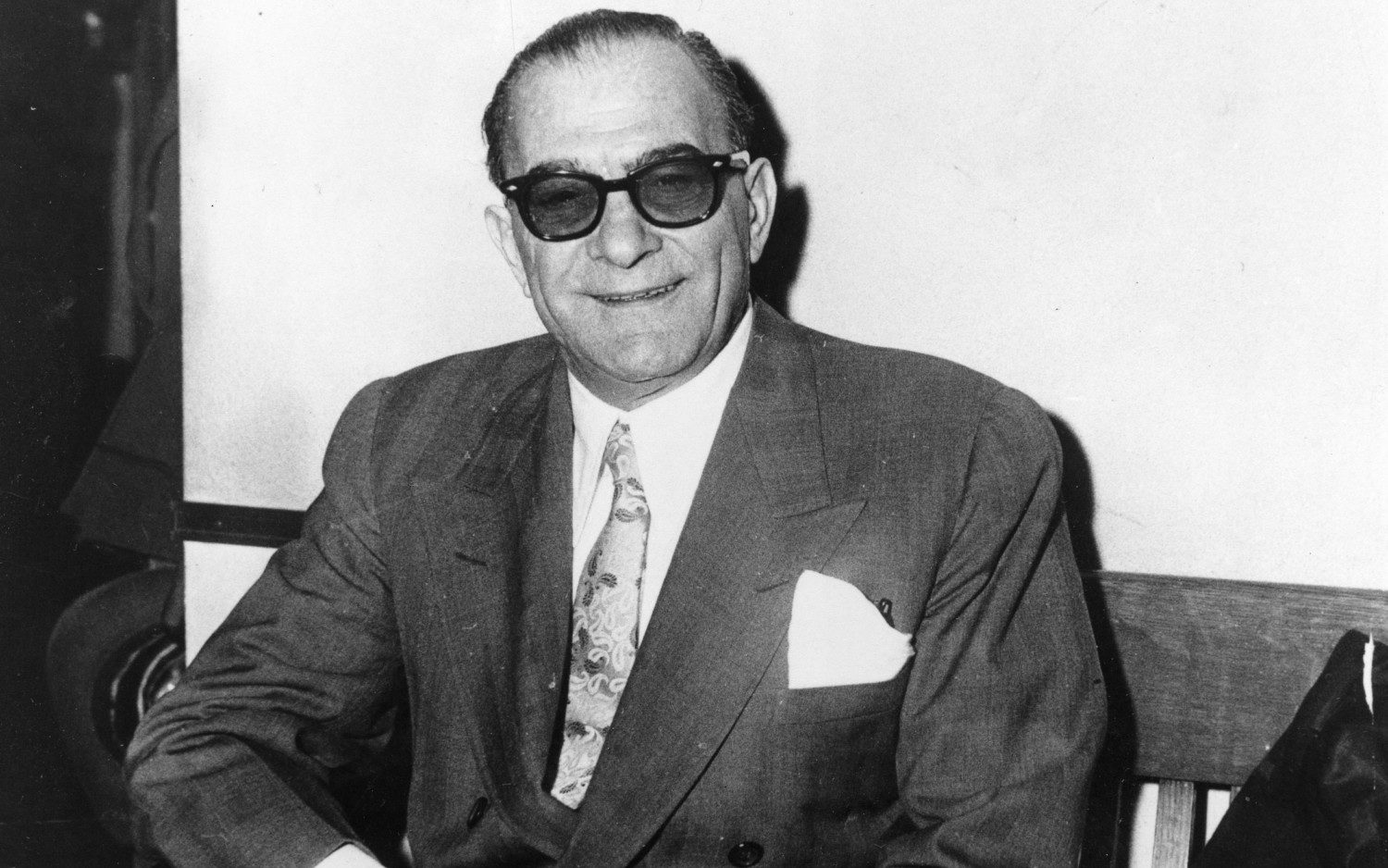
Frank Lucas
Some gangsters achieve mainstream notoriety because of their depictions in movies and TV shows, and that’s what happened with Frank Lucas. The North Carolina native made a killing in New York City’s heroin trade in the early 1970s before being busted in 1975 and sentenced to 70 years in prison. Lucas got that cut down to just five years, however, by agreeing to work with law enforcement to bring down others players in the drug game.
His story became widely known when Denzel Washington played Lucas on the big screen in 2007’s “American Gangster.” Lucas died of natural causes in New Jersey in 2019 at the age of 88.
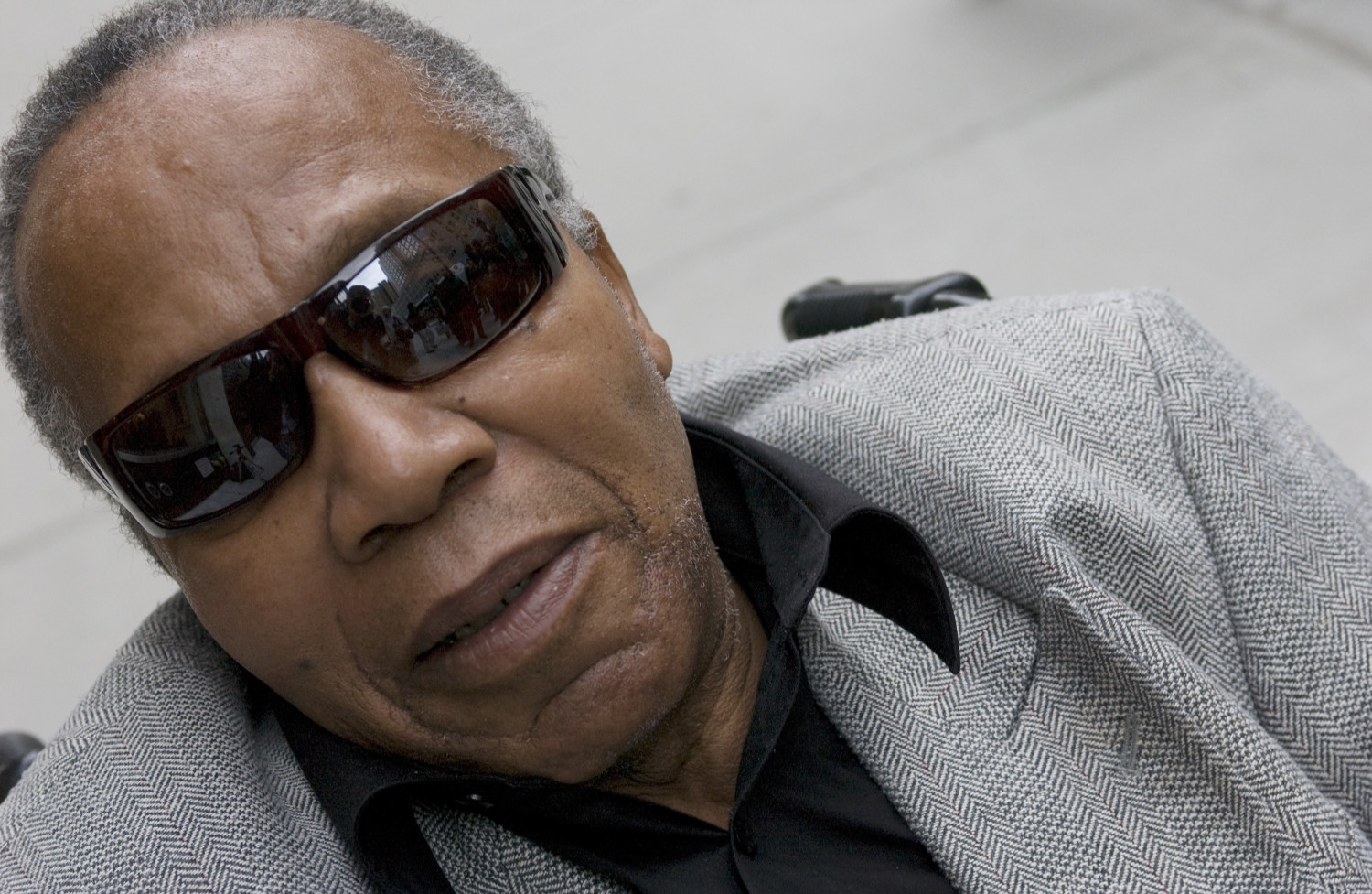
Sam Giancana
Unlike some mob bosses, Sam “Momo” Giancana was not known for keeping a low profile, as evidenced through his connections to cultural icons like Frank Sinatra and President John F. Kennedy. Giancana was born in Chicago and virtually ruled the city’s underworld from the mid-1950s to the mid-1960s. He worked with Al Capone in the 1920s and was reportedly arrested roughly 70 times during his lifetime, serving time for everything from burglary to violating Prohibition laws.
After spending much of his later years in Central and South America, trying to avoid the American authorities, Giancana eventually came back to Illinois and was found shot to death at his home in Oak Park in 1975 at the age of 67.
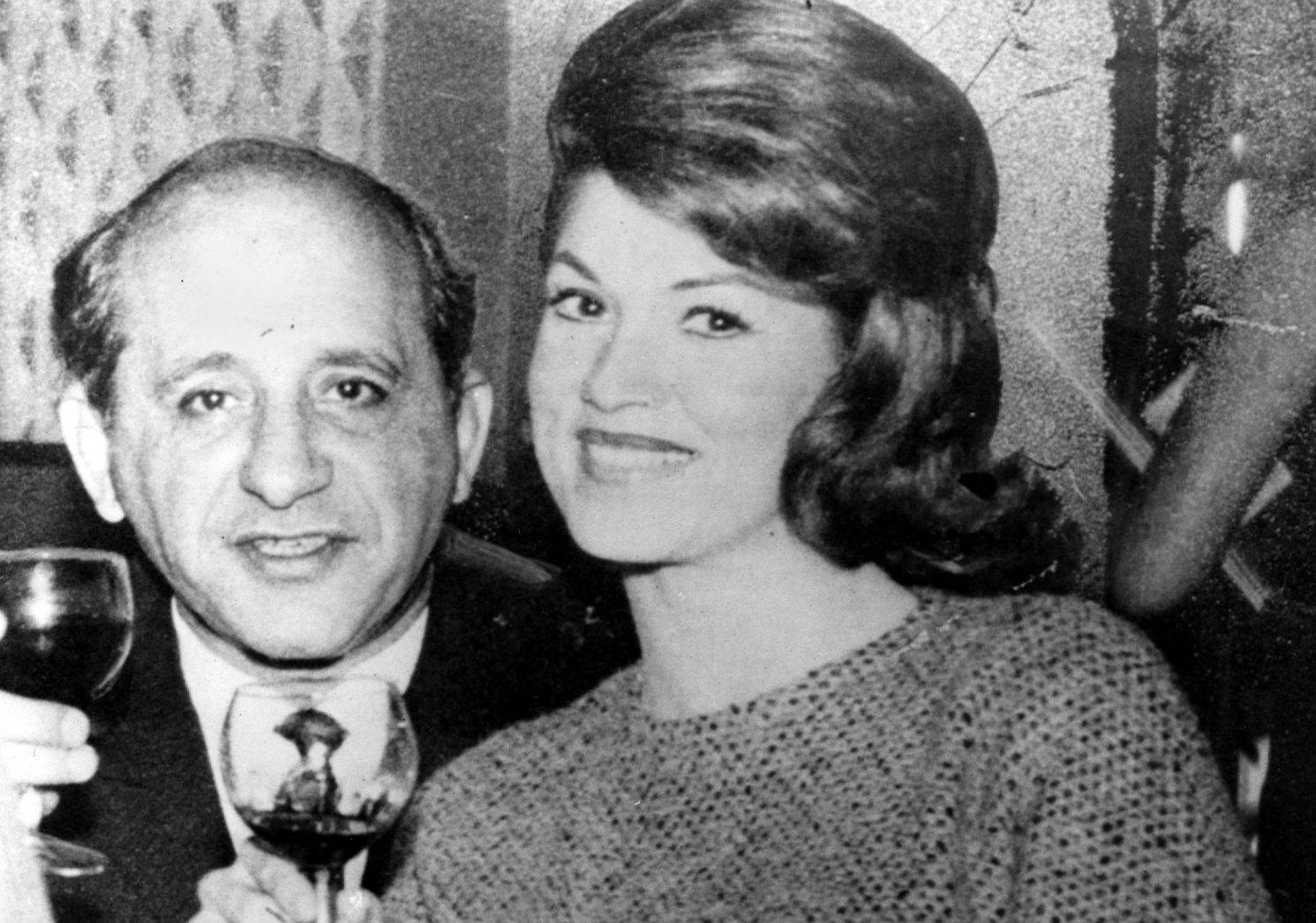
‘Bugs’ Moran
Another giant of the Chicago mob scene, George “Bugs” Moran was the chief rival to Al Capone in the 1920s. In fact, it was Moran’s men that Capone’s gang hit in the legendary St. Valentine’s Day Massacre in 1929, which left seven men dead. Moran himself was absent from the attack — reportedly because he’d slept in that day — but his reign as a crime boss was over. By the mid-1940s, he’d been reduced to pulling small bank robberies in Kentucky and was arrested there in 1946 on charges related to them.
Moran eventually died in prison in 1957 at the age of 63 after a battle with lung cancer.
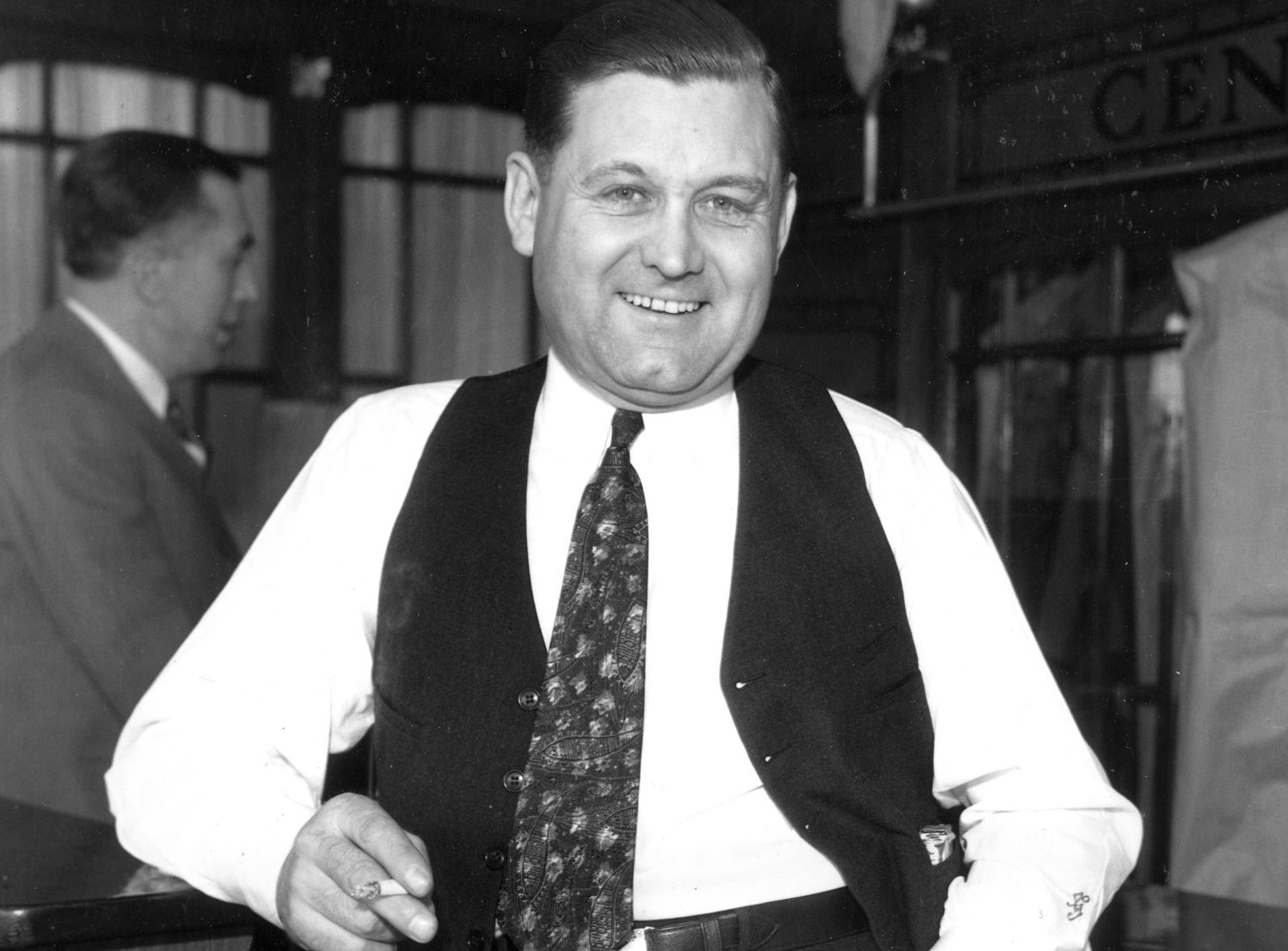
Joe Gallo
Despite standing at just 5 feet, 6 inches, “Crazy” Joe Gallo left a larger-than-life mark on criminal culture. The lifetime New Yorker was considered one of the most ruthless figures in the city’s underworld in the 1950s and ’60s and was believed to be one of the men present at the brutal slaying of mob boss Albert Anastasia at a barber shop in 1957. In 1961, at the height of his criminal career, Gallo was sent to prison for extortion, serving nearly 10 years and becoming a voracious reader while there.
After his release, he cozied up to celebrities and artists in New York, becoming a folk hero to them and inspiring a song by Bob Dylan. Gallo was shot and killed while celebrating his 43rd birthday with his family at a restaurant in Little Italy in 1972.
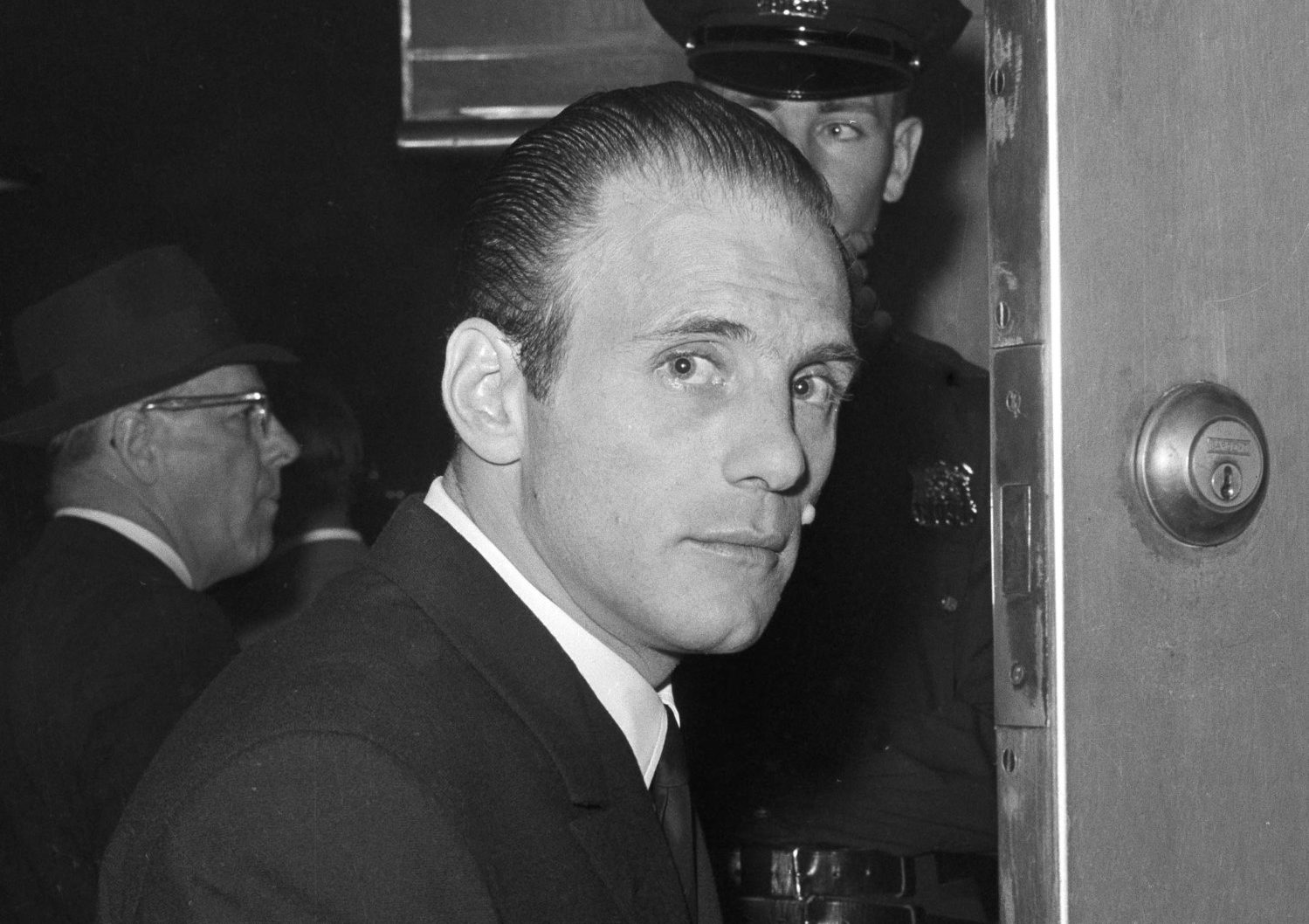
‘Machine Gun’ Kelly
George Kelly, aka “Machine Gun” Kelly, became a feared fugitive in the early 1930s, when he pulled the biggest crime of his career. After years of bootlegging during Prohibition, the Tennessee native struck it rich by leading a gang that kidnapped Oklahoma oil baron Charles Urschel in 1933. The kidnapping led Kelly and his gang to get a huge ransom payoff before they let Urschel go after more than a week in captivity, but the victim was able to help the FBI figure out where he was held, leading to the gangster’s arrest a few months later.
Kelly was sentenced to life in prison for the crime and died at Leavenworth Penitentiary after a heart attack in 1954 at the age of 59.
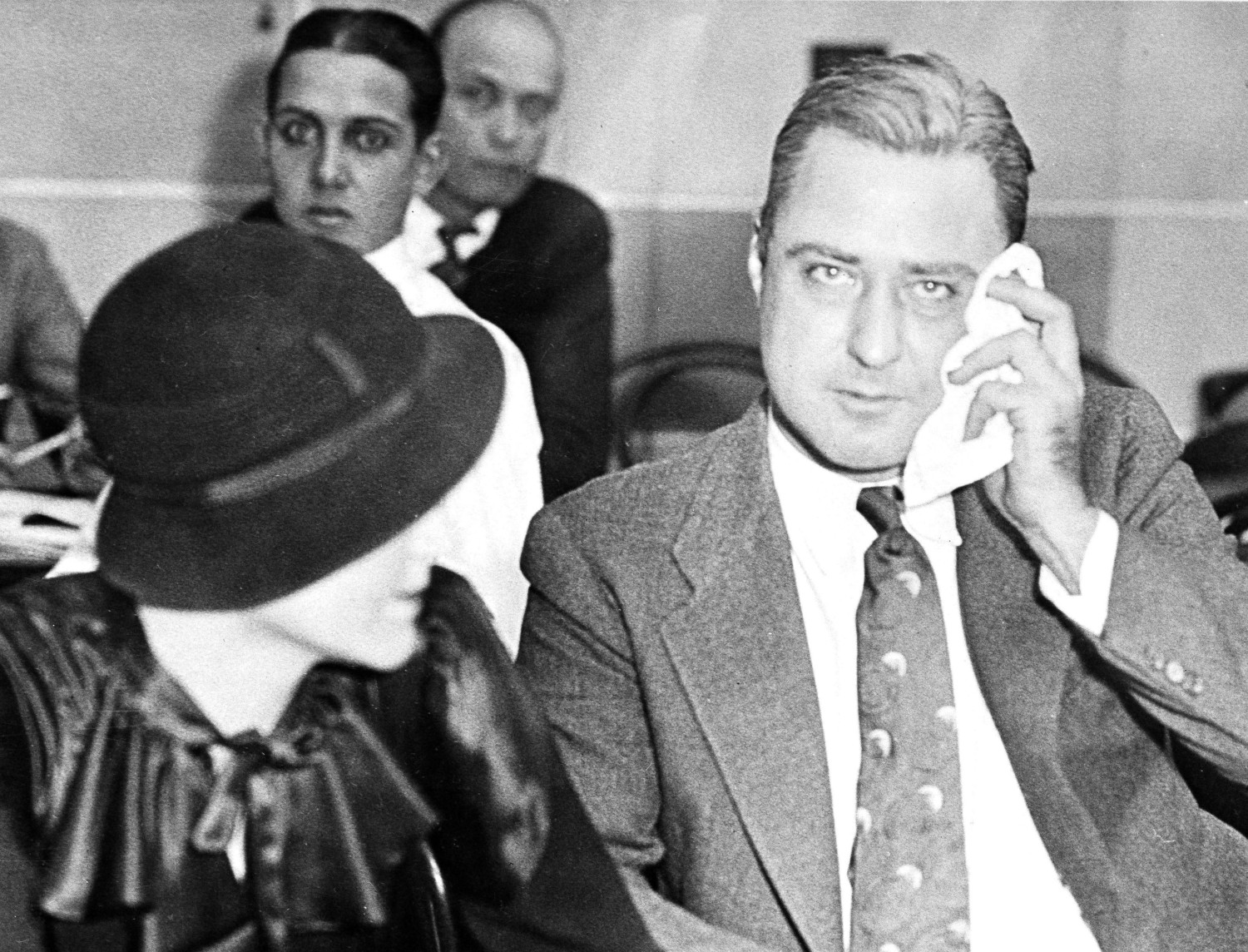
‘Pretty Boy’ Floyd
Charles “Pretty Boy” Floyd is one of several Depression-Era gangsters who became folk heroes to common Americans by ripping off the big-money institutions that steered capitalism. Floyd had done time for robbery, vagrancy and other crimes in the 1920s but became a major target for federal authorities in 1933, when he was allegedly involved in the Kansas City Massacre, which saw four police officers and a man they had in custody murdered. Floyd was already a wanted fugitive when the shootings took place, having busted out of Ohio State Penitentiary while serving 12-15 years for armed robbery, which helped elevate him to the status of Public Enemy No. 1 after John Dillinger’s death.
Federal authorities eventually tracked Floyd to a farm in Ohio where he was killed in a shootout in 1934 at the age of 30.
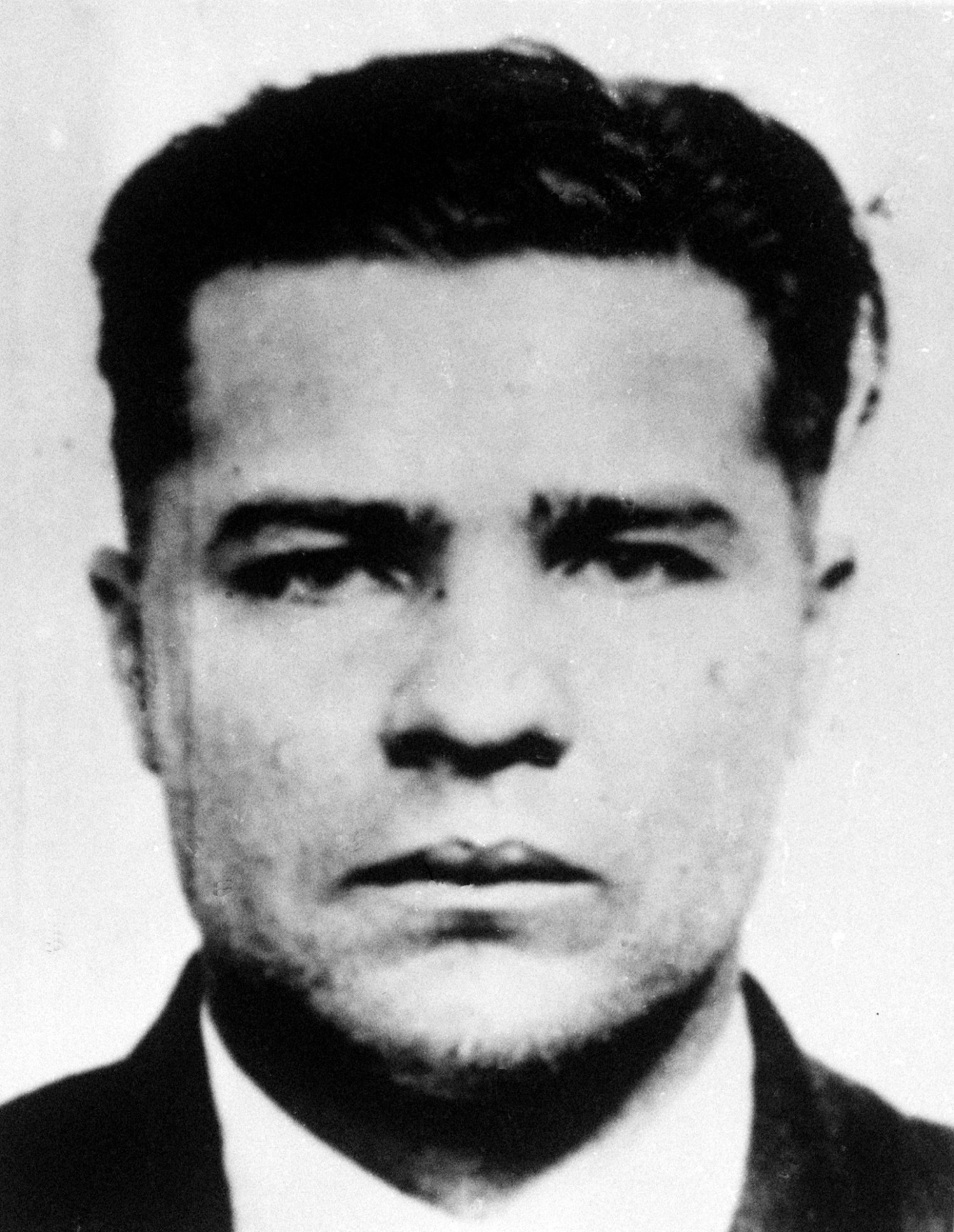
Albert Anastasia
The New York-based killing-for-hire group, Murder Inc., has taken on mythic stature in American criminal history, and Albert Anastasia was one of its key figures. His title was “Lord High Executioner” in the syndicate, which was allegedly responsible for dozens of mob hits during the 1930s. Anastasia was actually charged with three murders in the 1920s and ’30s but was never convicted because the key witnesses kept disappearing or refusing to take the stand.
Anastasia was later believed to have been involved in the killing of two leaders of his own crime family in 1951, which led him to take the top spot. He was repaid in 1957, when he was gunned down at a barber shop in a hit that was organized by Carlo Gambino, an ambitious member of the same family.
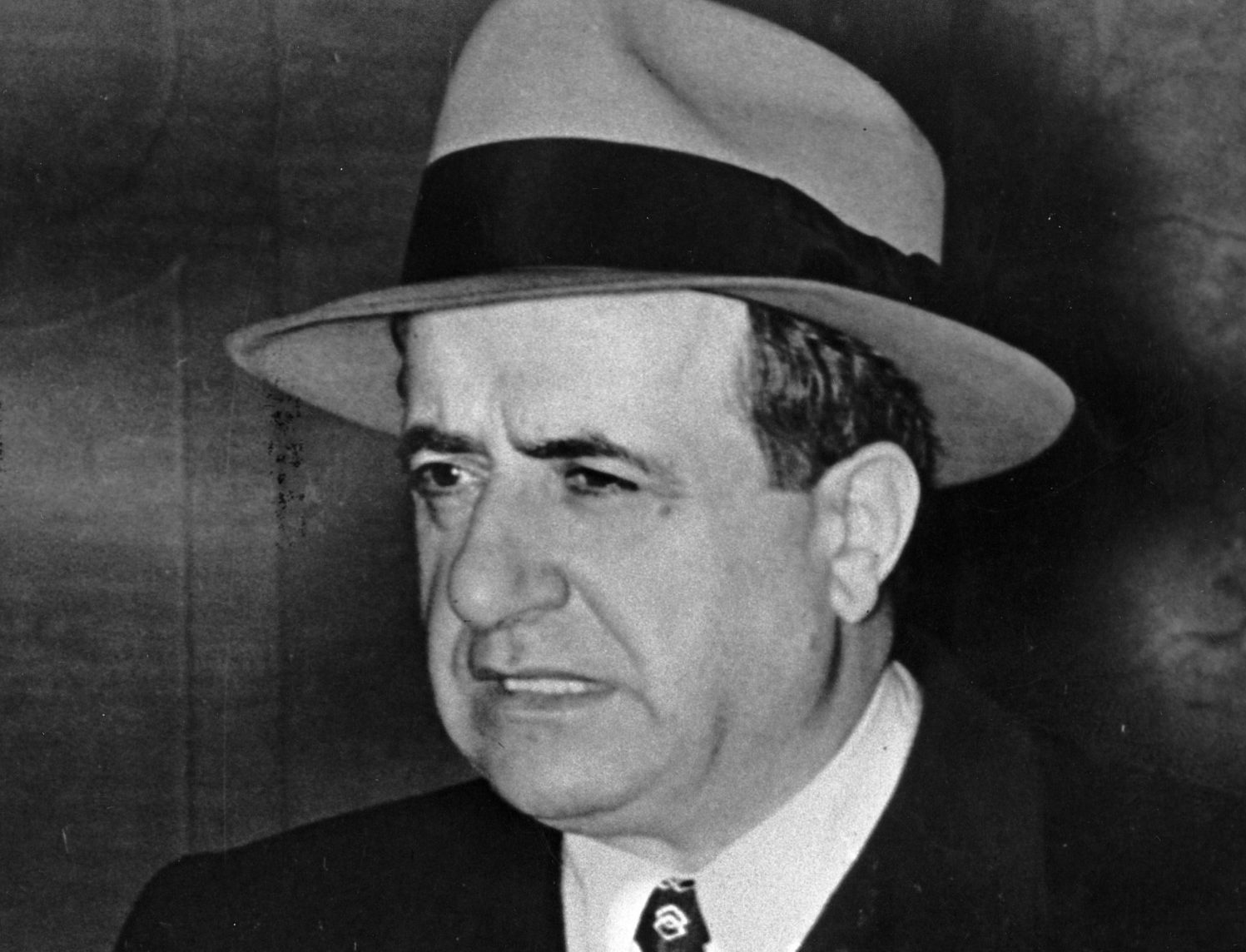
Henry Hill
Native New Yorker Henry Hill became a famous gangster of the more modern era, thanks largely to his portrayal in the beloved 1990 movie, “Goodfellas.” Hill’s life of crime saw him involved in drug smuggling, killings, point shaving and other crimes, including a historic heist at John F. Kennedy International Airport in 1978. He was busted by federal authorities in 1980 and — as shown in the movie — decided to become an informant and enter witness protection.
What “Goodfellas” didn’t show is that Hill was eventually kicked out of the program in 1987 after several more criminal convictions. After even more run-ins with the law, the career criminal eventually died of heart problems related smoking in 2012 at the age of 69.
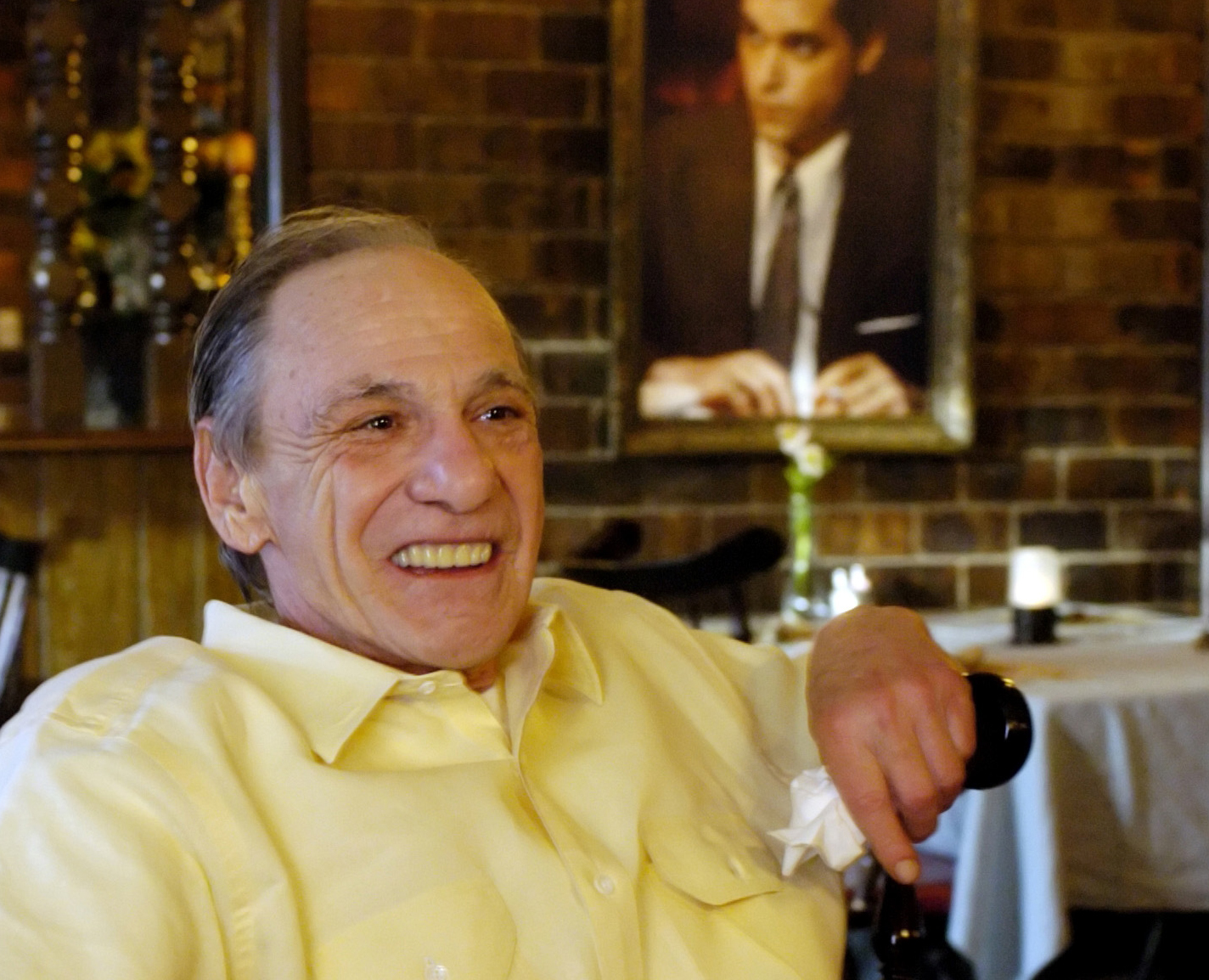
Angelo Bruno
Mobsters didn’t only hold court in New York and Chicago: Native Sicilian Angelo Bruno was at the top of the chain in Philadelphia and New Jersey through the 1960s and ’70s. Bruno was known for a conservative, old-fashioned approach when it came to business, which led him to be called the “Docile Don.” Still, he was known to be a chilling figure, violently taking over several Atlantic City unions in the early days of the town’s rise as a legal gambling destination and ordering the killings of several people who got in his way.
He was shot to death in a car outside his home in 1980, after having made enemies inside his own family and with the New York families that wanted a piece of his Atlantic City empire. He was 69 years old.
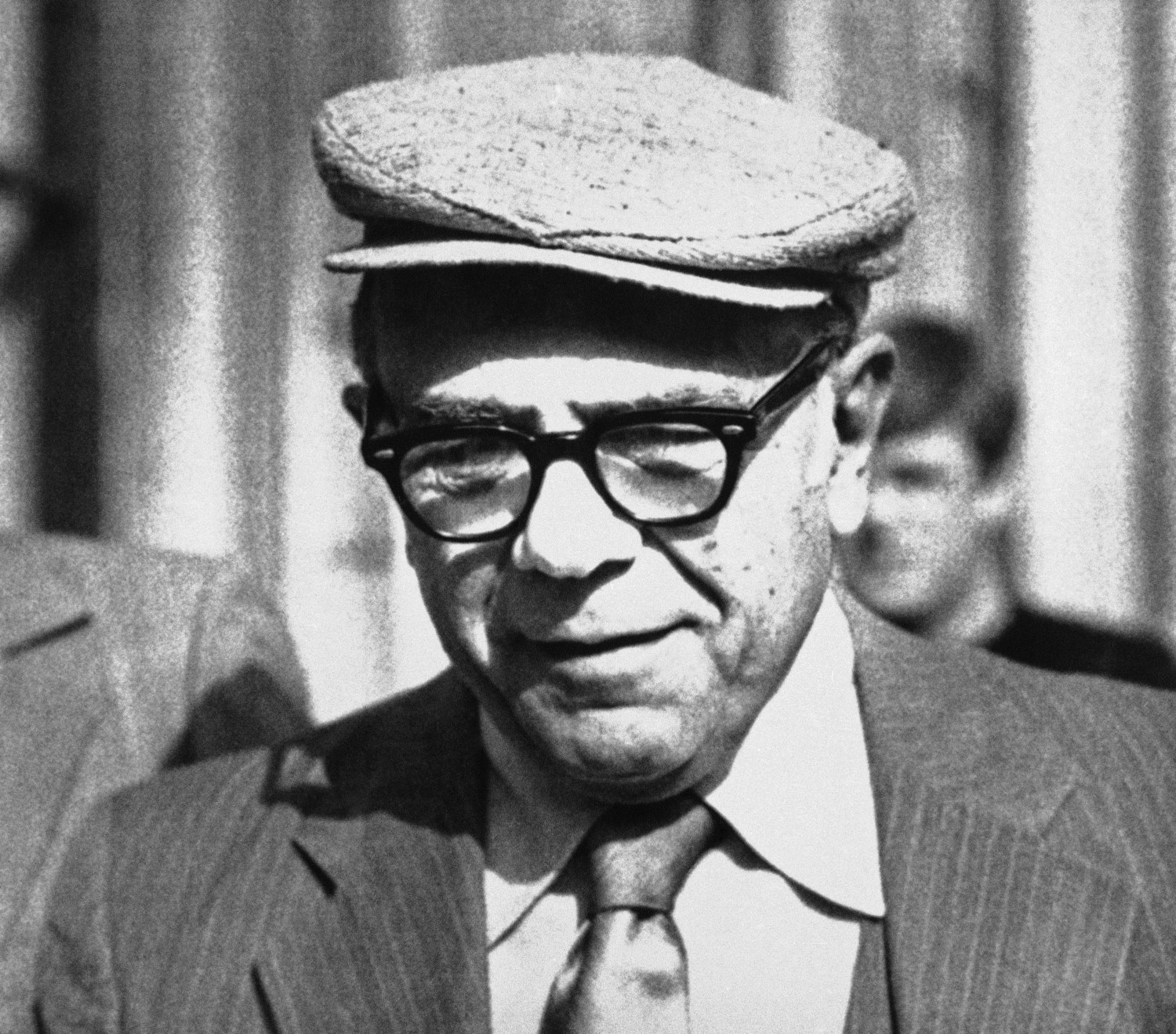
Mickey Cohen
Mickey Cohen was a Brooklyn native but his criminal career saw him attracting heat everywhere from Cleveland to Chicago to Los Angeles. He worked with and for many other legendary gangsters from this list, including Al Capone, “Bugsy” Siegel, “Lucky” Luciano and Meyer Lansky. Siegel and Cohen were a fearsome duo in the West, running a syndicate that controlled everything from prostitution to drugs to gambling to union labor.
In addition to these crimes, he was also known for engaging in violence and the blackmail of public figures, including Hollywood star Lana Turner in the 1950s. Cohen was convicted twice for tax evasion and served prison time from 1961 to 1972 before dying of stomach cancer as a free man in 1976 at the age of 62.
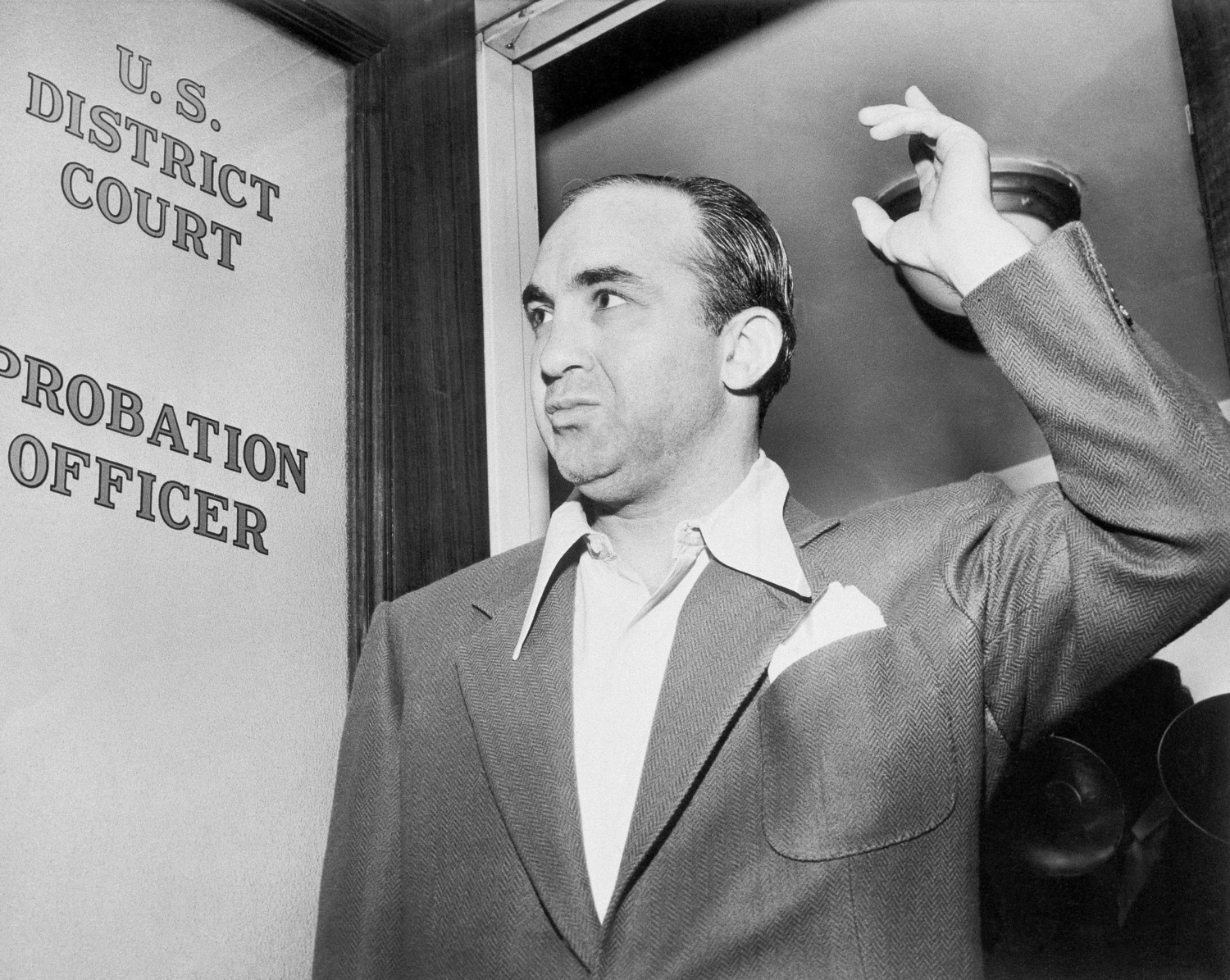
John Gotti
One of the most famous gangsters of the modern age, John Gotti, aka the “Dapper Don,” earned his spot at the top of New York’s Gambino crime family by ordering the murder of his predecessor, Paul Castellano. That happened in 1985, and the act would eventually be paid back to Gotti by his own underboss, Sammy Gravano, who helped get him sent to prison for life in 1992. A litany of evidence, including wiretaps, aided in Gotti being charged with serious crimes including five murders, racketeering, bribery and tax evasion.
Gotti died in federal prison at the age of 61 in 2002 after a battle with throat cancer.
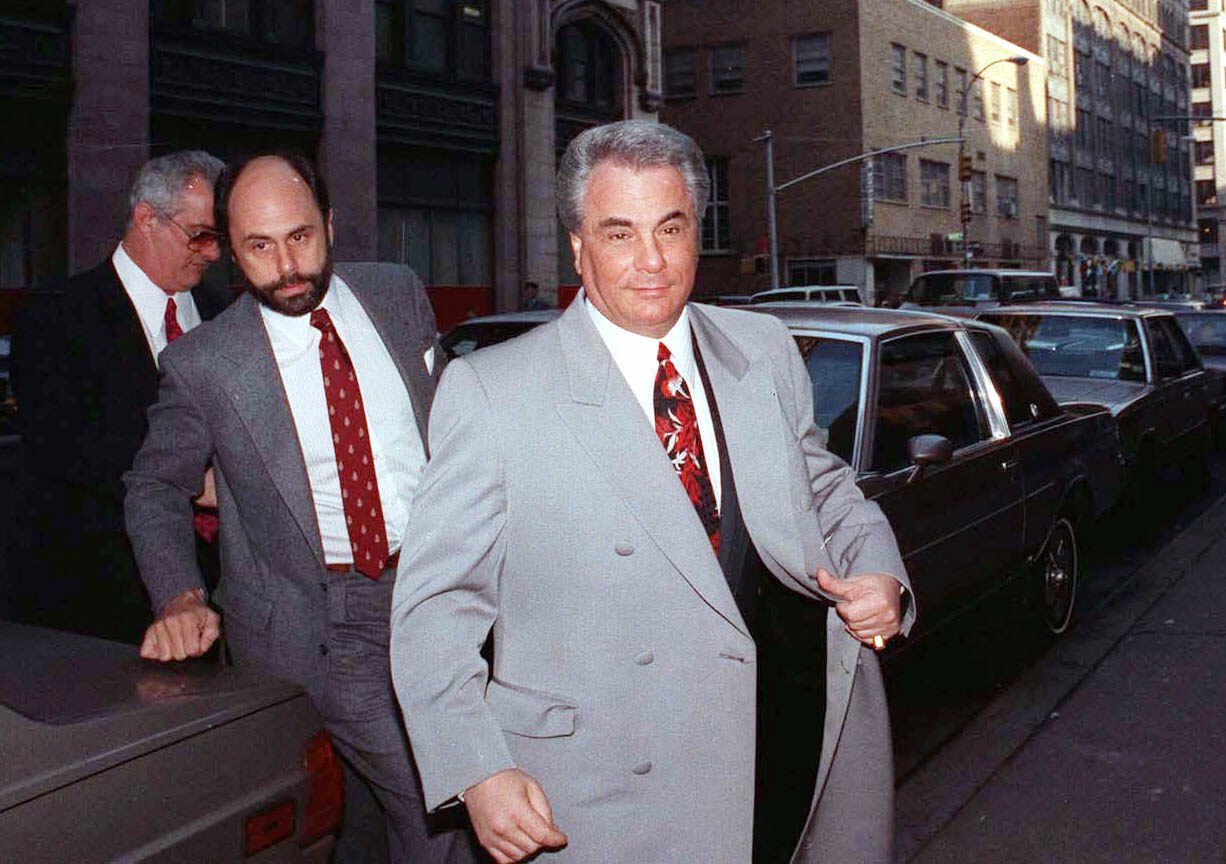
‘Lucky’ Luciano
Like many gangsters on this list, Charles “Lucky” Luciano made his name as a bootlegger during Prohibition. By the late 1920s, he, Meyer Lansky and “Bugsy” Siegel had formed one of the most effective syndicates in New York. His high-profile leadership role in the city’s underworld made him a major target, and authorities arrested him in 1936 on 62 charges related to prostitution, leading to a 30-plus year sentence in prison. His sentence was cut well short after he helped the New York government avoid strikes on the docks during World War II — on the condition that he be deported to Italy.
Luciano spent the rest of his life in Italy and Cuba, eventually dying of a heart attack in Naples in 1962 at the age of 64.
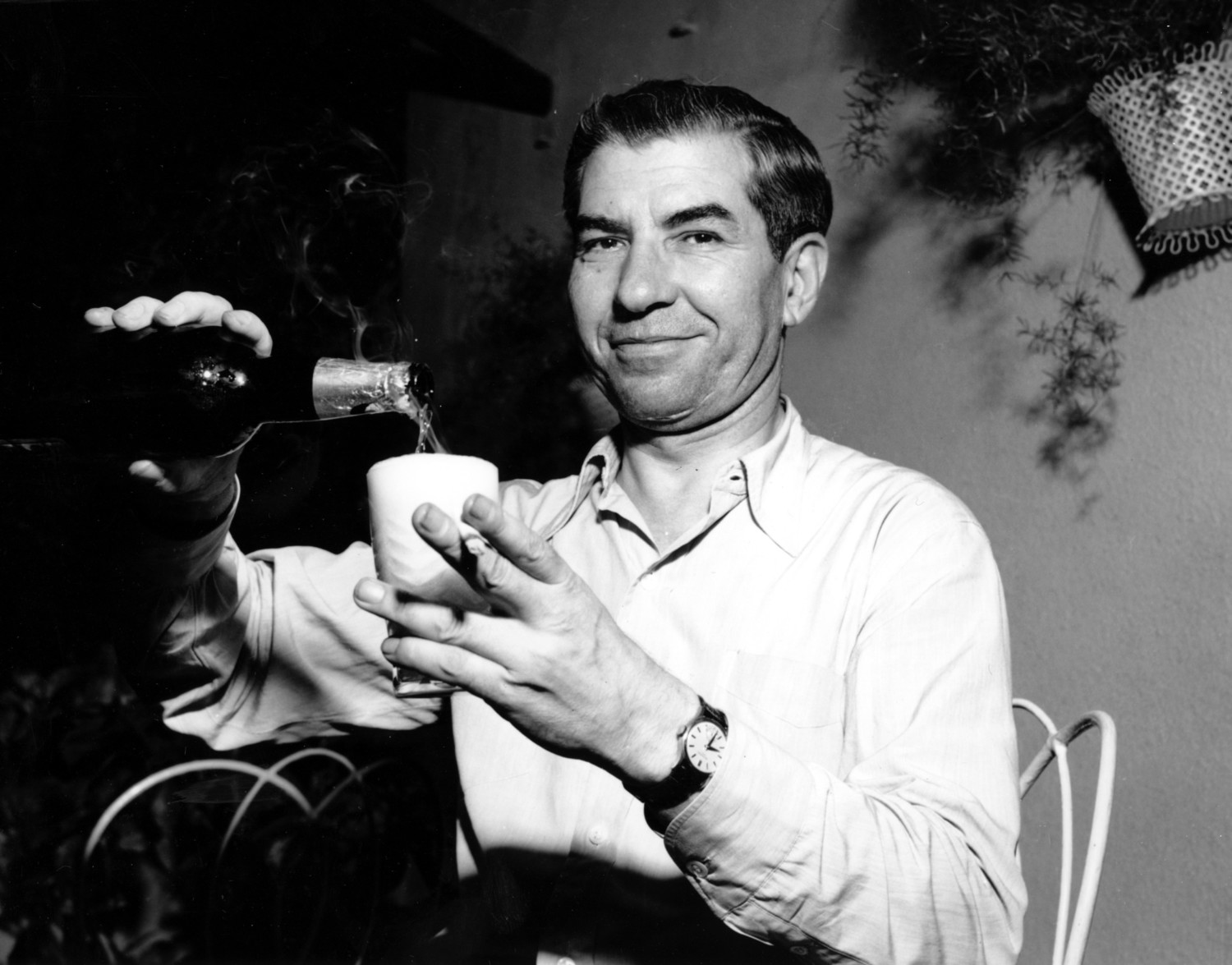
Frank Costello
You probably know the name Frank Costello from the off-kilter Boston gangster Jack Nicholson played in “The Departed,” but that character was actually not at all based on the real-life one. The real Costello was a native Italian who grew up in Harlem and built a reputation for himself as an effective criminal in the 1910s. He eventually befriended “Lucky” Luciano and Vito Genovese, becoming an instrumental part of their growing national crime and bootlegging syndicate during Prohibition.
But after Luciano was deported to Italy, Costello and Genovese began a violent, decades-long feud for control of the syndicate. Costello did a few years in prison for tax evasion in the 1950s but managed to survive to the old age of 82, dying a free man in 1973 in a New York hospital.
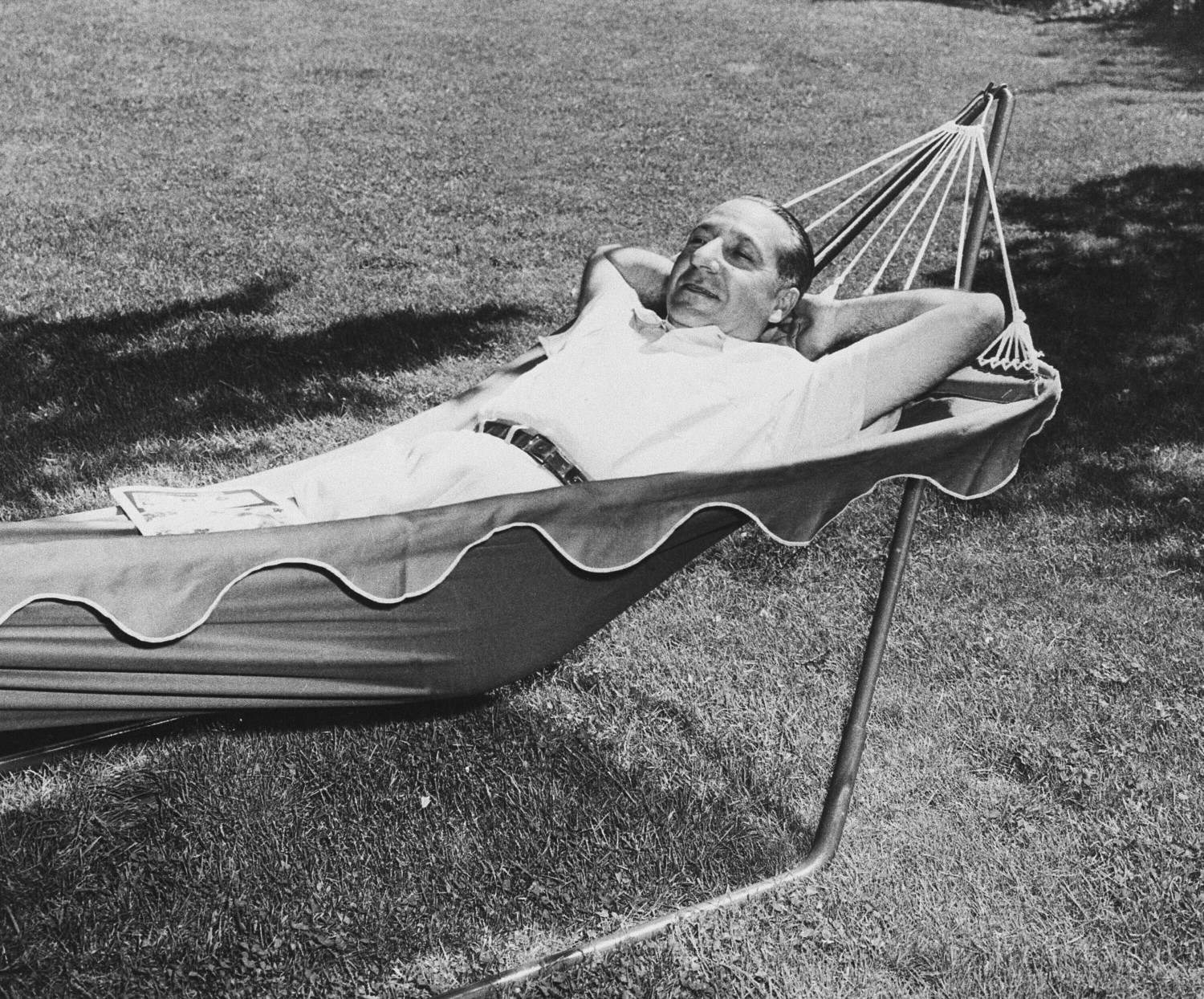
Paul Castellano
For decades, the Gambino crime family has been one of the most powerful underworld forces in New York City, and Paul Castellano was at its head for about a decade. The native New Yorker was appointed to take over the family’s business by Carlo Gambino himself, doing so after the old boss died in 1976. Castellano reportedly ran the family more like a legitimate business operation than a criminal enterprise, which made him unpopular with many under him, including John Gotti.
Gotti ordered a hit on Castellano in 1985, which resulted in him being shot and killed outside a steakhouse in Manhattan at the age of 70.
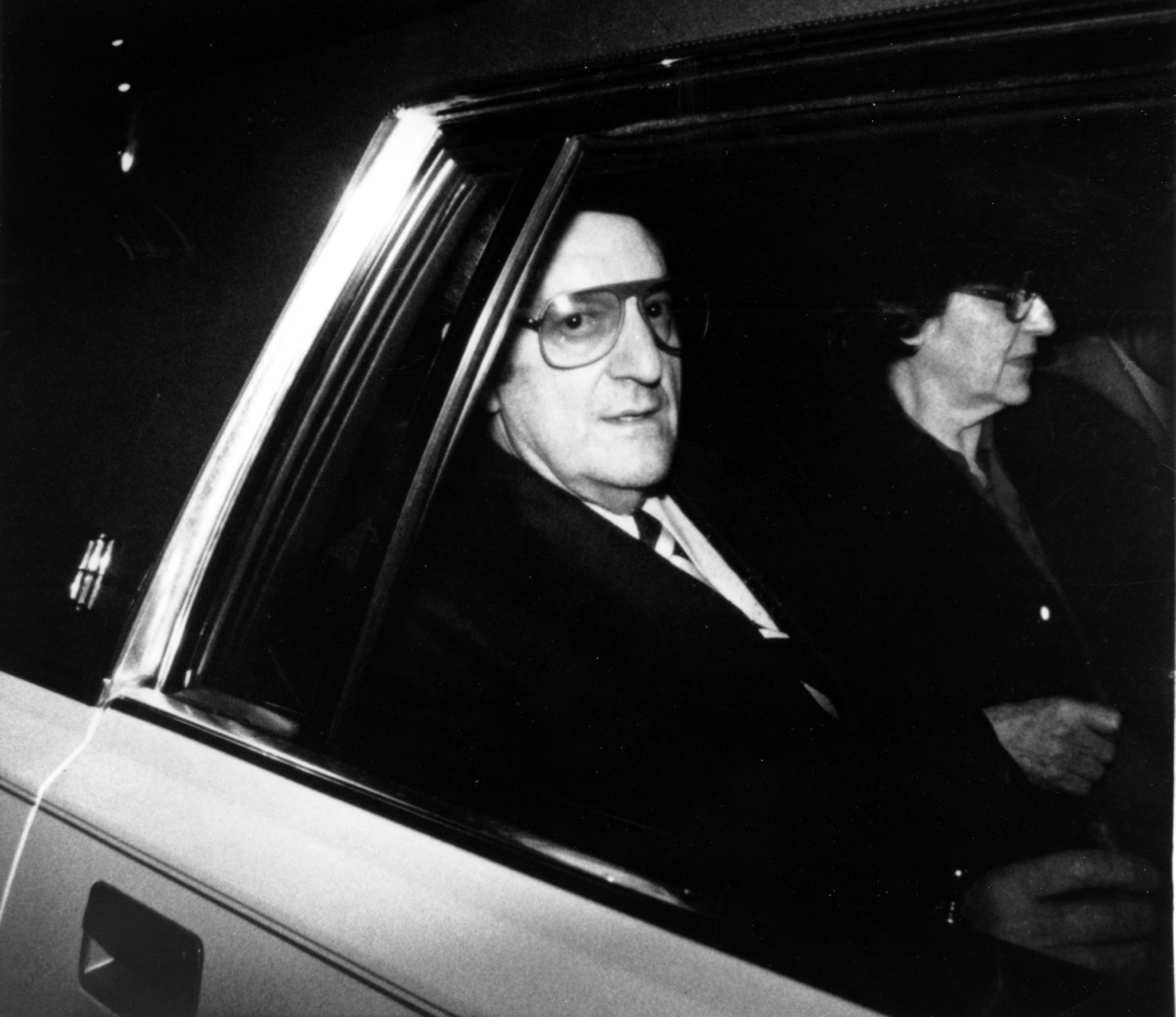
Tony Accardo
As you’ve no doubt learned, powerful mobsters don’t often die peacefully at an old age, but Tony Accardo managed to pull it off. He was a high-profile figure in the Chicago crime world for decades, rising his way to the top of Al Capone’s Chicago Outfit after starting out as a small-time hood. Accardo was rumored to be one of the shooters used by Capone to carry out the St. Valentine’s Day Massacre in 1929 and came to power after his legendary boss was convicted of tax evasion in 1931.
Accardo himself reportedly never spent a night in jail and was as tight-lipped as anyone in mob history, never publicly admitting his role in the underworld and invoking the Fifth Amendment nearly 200 times. He died in 1992 from natural causes at the age of 86.
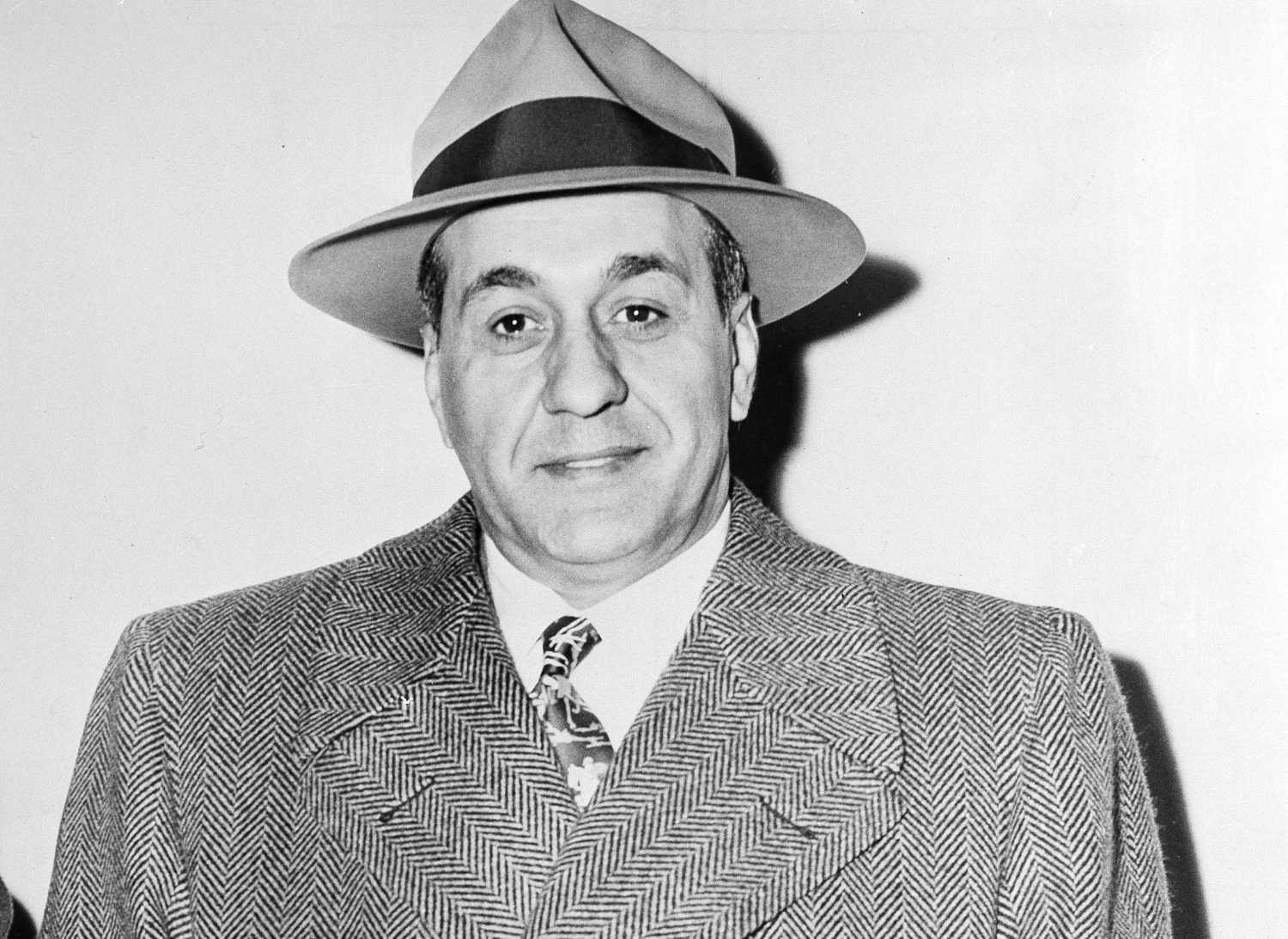
‘Ma’ Barker
Depending upon whom you believe, Kate “Ma” Barker was either one of the most cunning crime bosses ever or just a devoted mother to some troubled boys. Her sons, Herman, Lloyd, Arthur and Freddie, pulled off a string of murders, robberies and kidnappings across the Midwest in the 1930s, all while “Ma” traveled with the gang. Legendary FBI Director J. Edgar Hoover painted her as the mastermind of the family’s crimes, although that has been disputed over the years.
“Ma” Barker and Freddie were killed in a lengthy shootout at their hideout in Florida in 1935 when she was 61 years old.
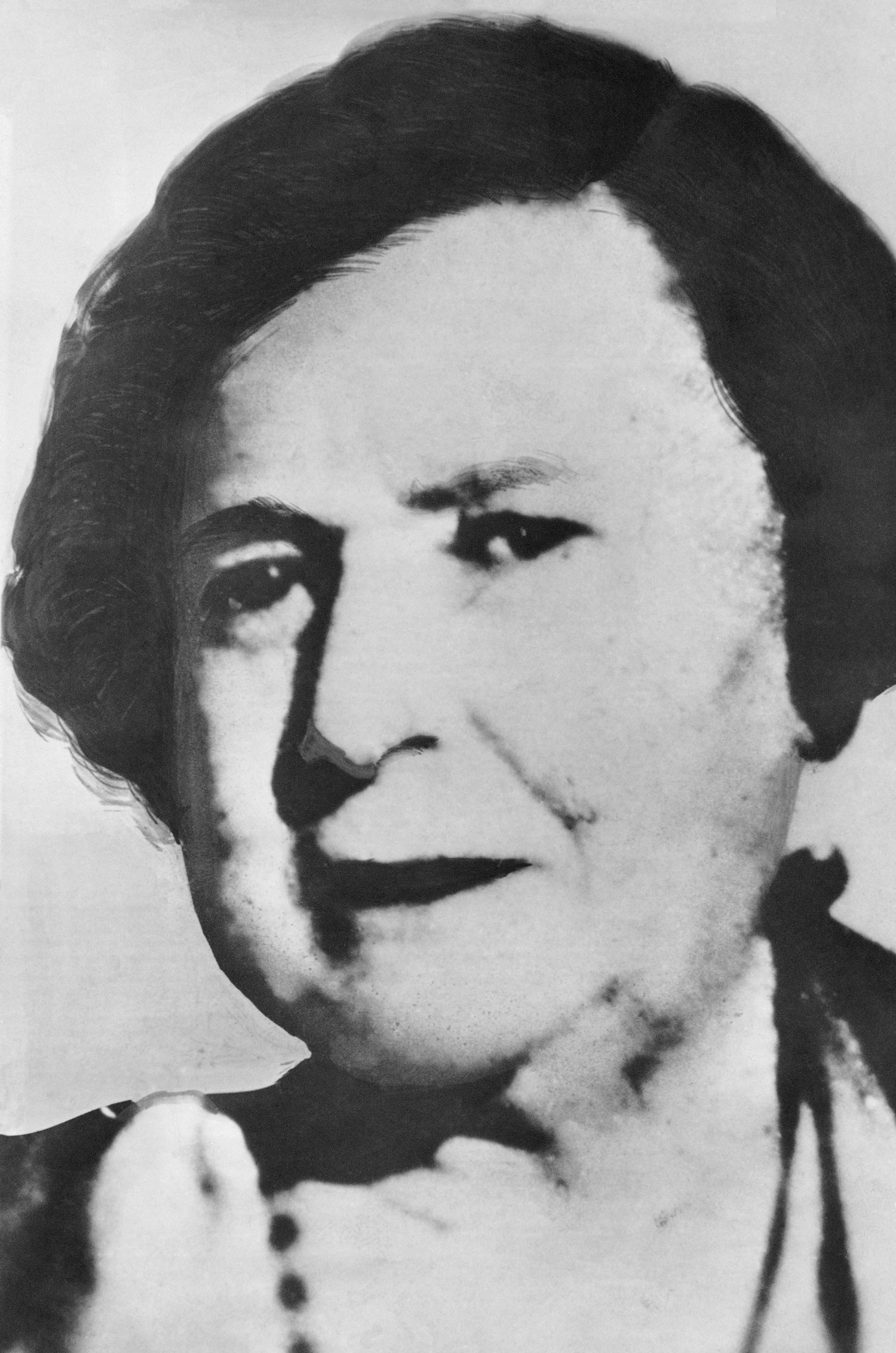
‘Whitey’ Bulger
A boogeyman of Boston’s underworld history, James “Whitey” Bulger was one of the most feared and elusive criminals in the city’s history. After serving federal prison sentences related to bank robberies along the East Coast, Bulger became an enforcer for the Irish Mafia in Boston and led the Winter Hill Gang there from 1979 until 1994, when he disappeared. It was eventually revealed that Bulger had been working with the FBI during his criminal reign, with the bureau turning a blind eye to his many crimes in return.
Bulger was eventually caught in 2013, after nearly 20 years on the run, and sentenced to two life sentences for his role in 11 murders — just a portion of the crimes he’s suspected of having committed. He was beaten to death by fellow inmates in 2018 at the age of 89.
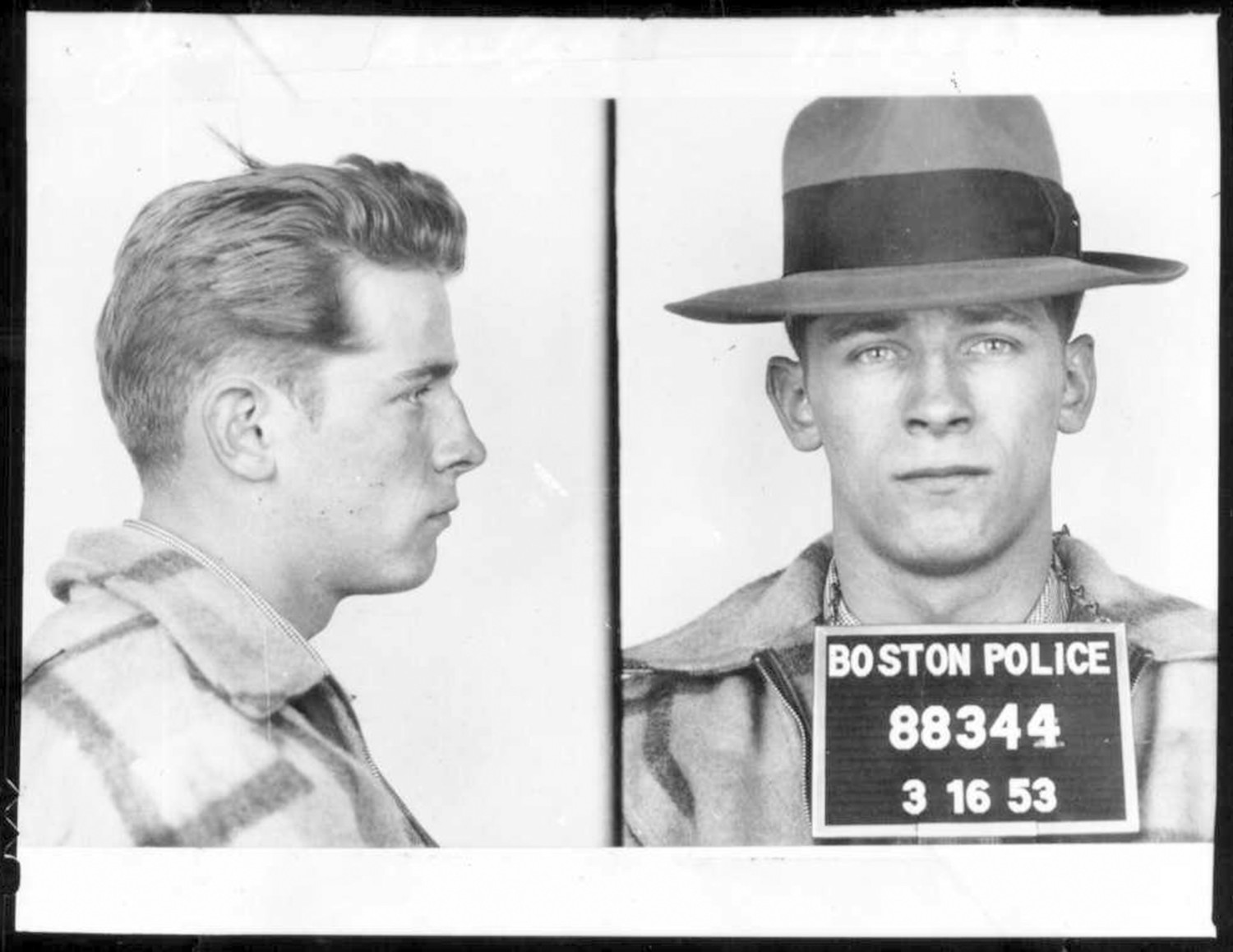
Carlo Gambino
“The Godfather” himself, Carlo Gambino ran and gave his name to one of New York’s most influential underworld families. His story is truly like something out of a gangster epic, as Gambino acted as a hired killer in his teens in Sicily before coming to America at the age of 19 in 1921, just as Prohibition was setting in. He was a rising player in the Mangano crime family from the 1930s-1950s until he eventually ordered the hit of boss Albert Anastasia and assumed command of what would become the Gambino crime family, as it’s still known to this day.
He ran the family until 1976, when he died at his Long Island home of natural causes at the age of 74. Gambino managed to elude arrest despite many attempts by the FBI to bring him down during the last few decades of his life.
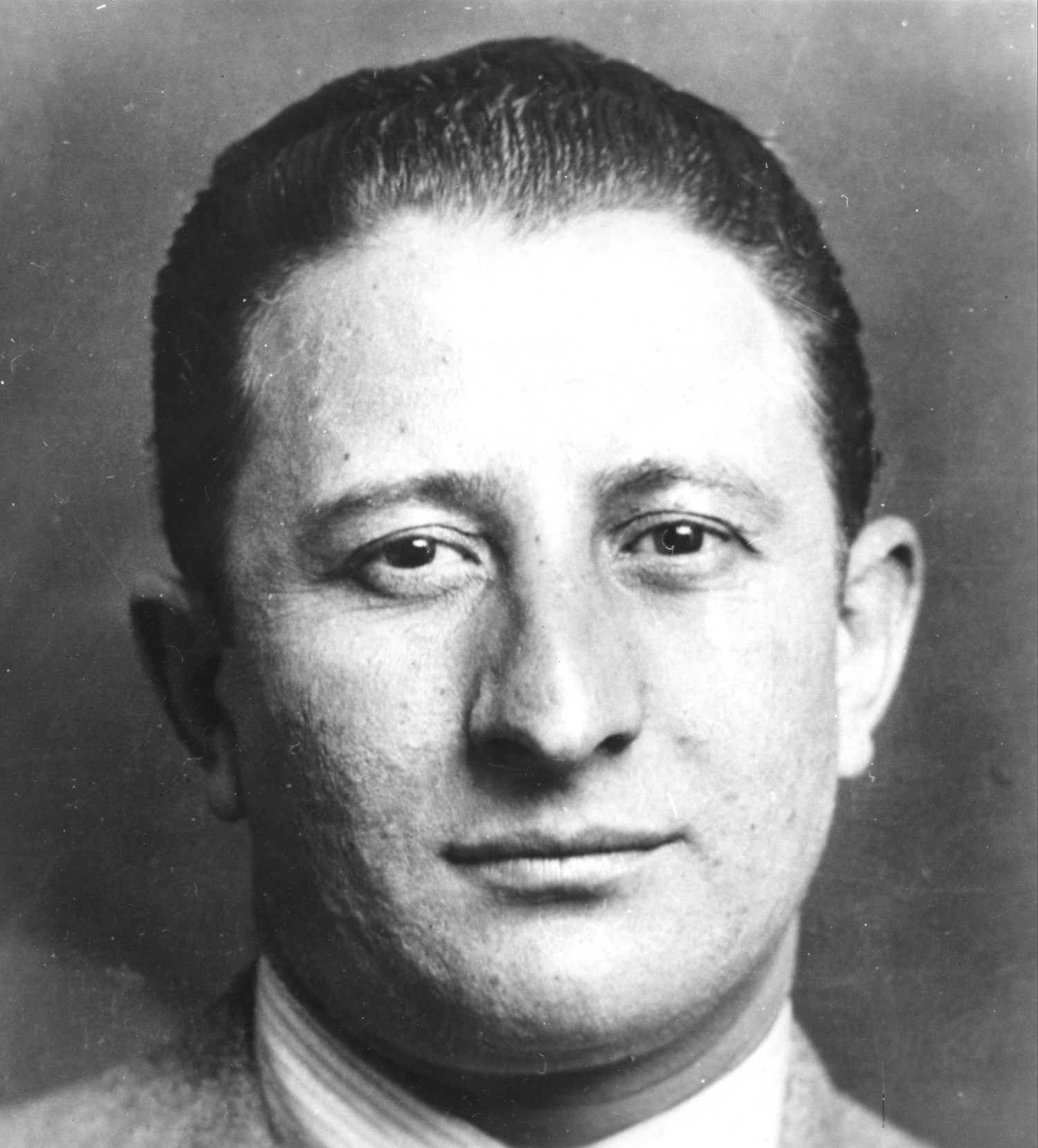
‘Lepke’ Buchalter
While many famous gangsters have died at the hands of law enforcement, Louis “Lepke” Buchalter holds the distinction of being the only one to be executed via the death penalty. Buchalter was a New York lifer and created the city’s infamous killing-for-hire outfit, Murder Inc., which he also ran. The massive syndicate was making a reported $50 million a year and included as many as 250 hitmen on its payroll under Buchalter’s leadership in the 1930s.
However, he was eventually arrested after a massive, three-year manhunt in 1939, when several members of Murder Inc. cooperated with federal authorities. Buchalter died in the electric chair in 1944 at the age of 47 at New York’s Sing Sing Prison.
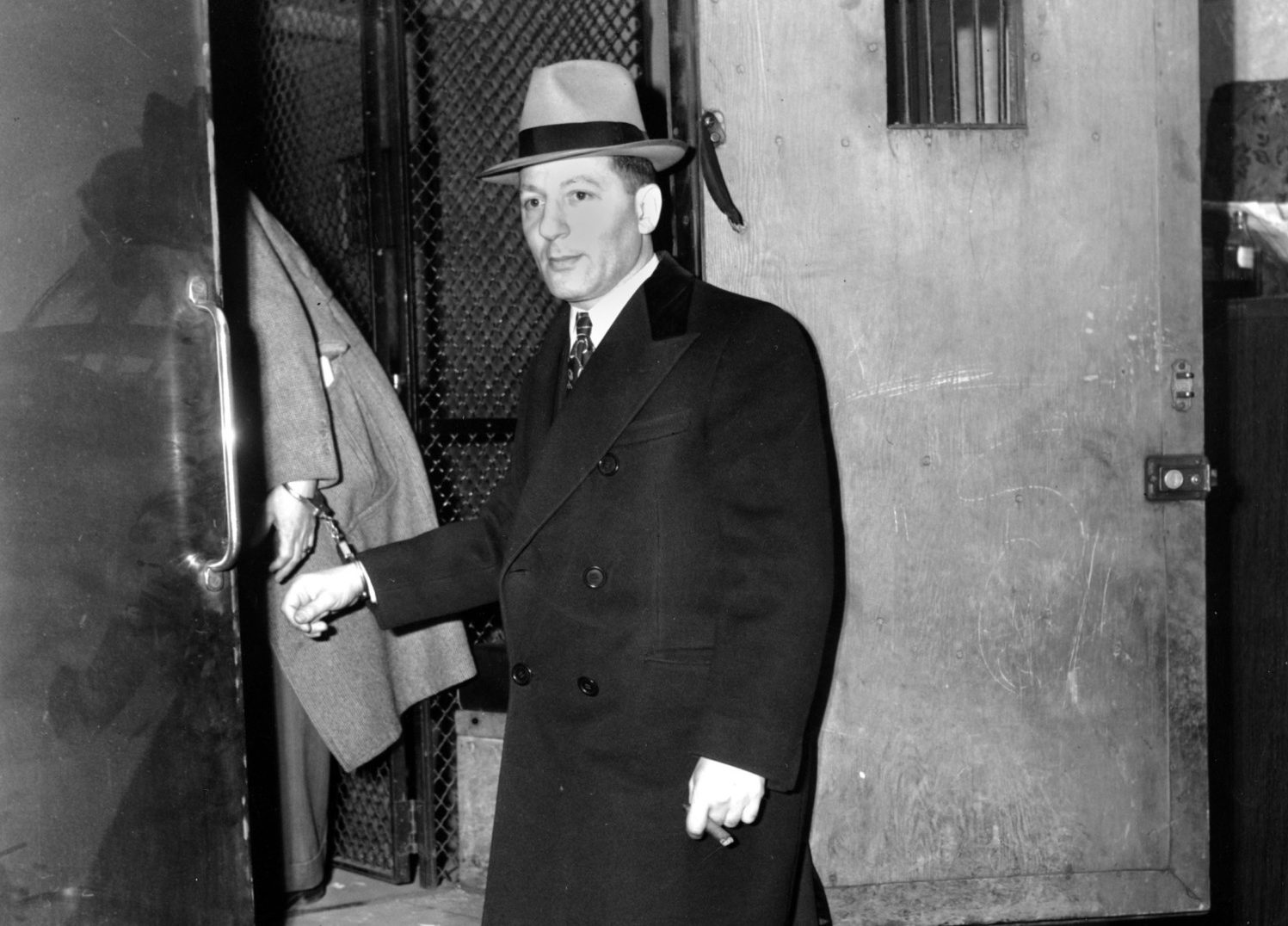
Carmine Galante
A native of Harlem, Carmine “The Cigar” Galante once declared himself to be the “boss of bosses” in New York’s underworld. He was a pupil of the legendary Vito Genovese and carried out murders for him during his early days in the mob. Galante’s extensive work involving drug smuggling landed him in prison in 1962, serving a 20-year sentence.
He was paroled in 1974 and muscled his way to the top of the Bonanno crime family, making plenty of enemies along the way. Galante was murdered by a team of hitmen on the patio of an Italian restaurant in Brooklyn in 1979, at the age of 69.
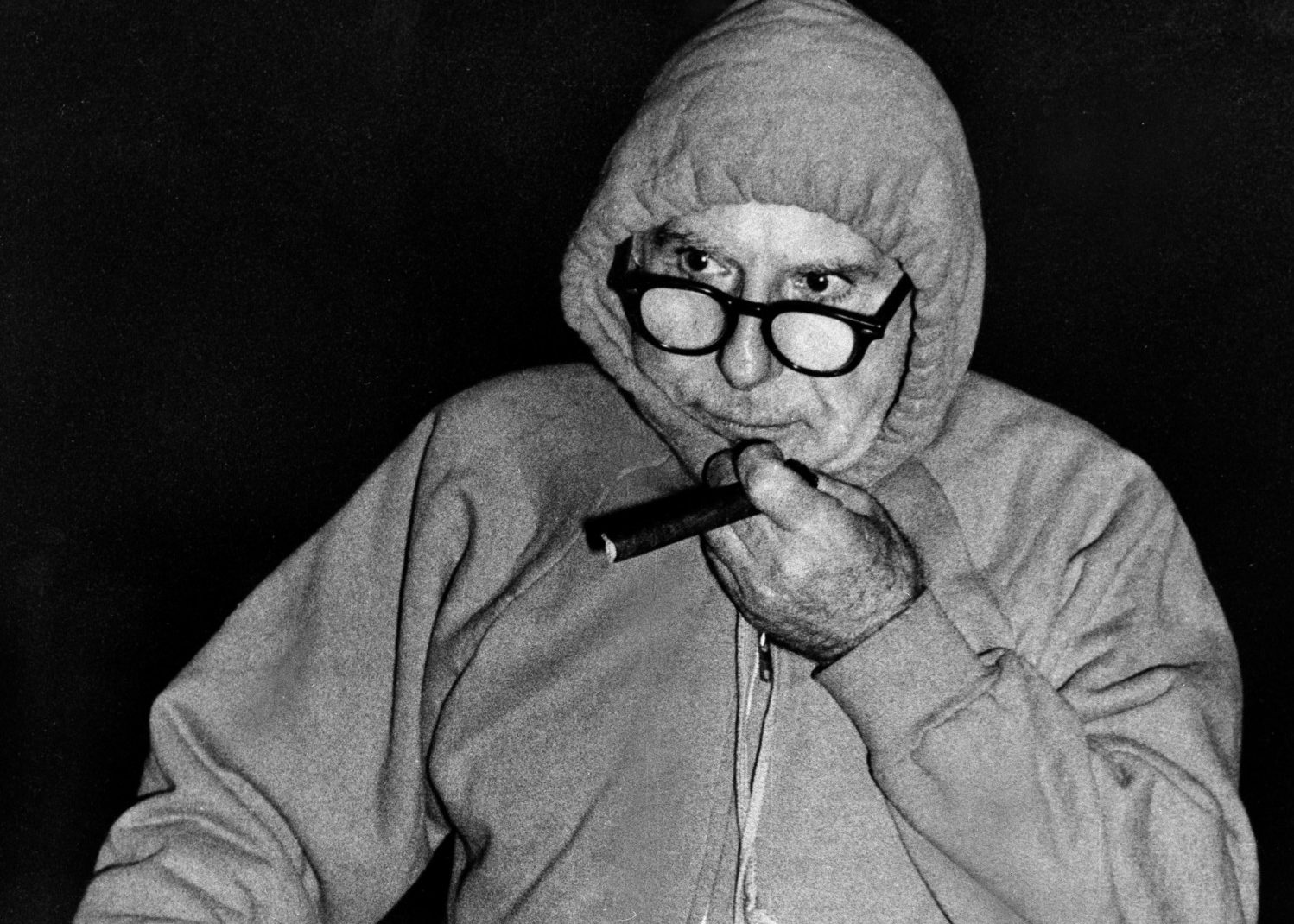
Jack Diamond
An early icon of modern American crime, Jack Diamond was an Irish boy from Philadelphia who made his bones in New York. In the 1920s, he became wealthy by smuggling alcohol and running a series of speakeasy nightclubs in the city. Despite a public reputation for being extremely violent and routinely killing men at his places of business, authorities found it impossible to make charges stick to him.
Diamond came close to prison when he was charged with kidnapping and torturing a man in 1931, but he was acquitted. However, on the night of his acquittal, the mob boss was murdered at his own home at the young age of 34.
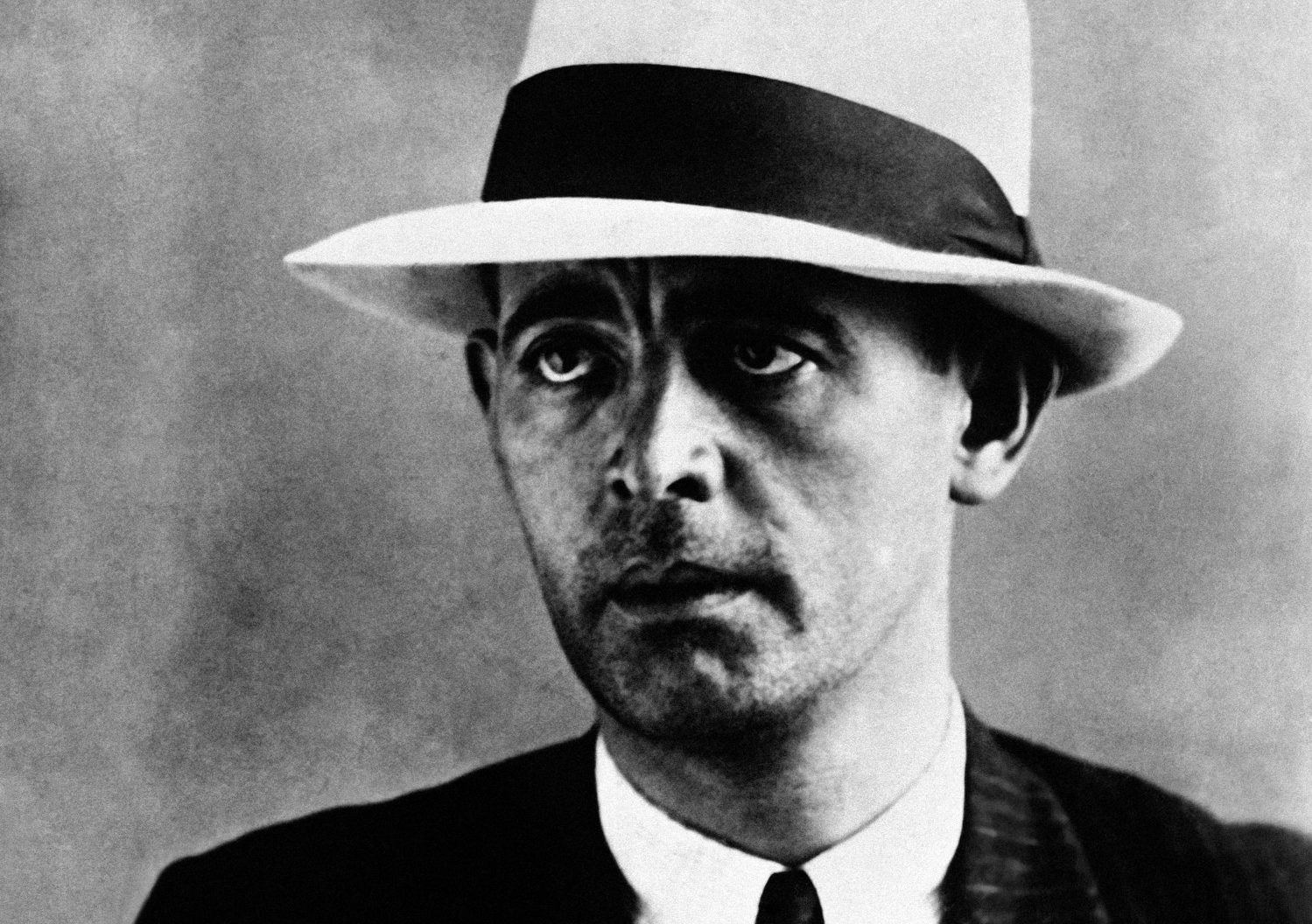
Joe Colombo
As you can see from this photo, where Joe Colombo stands on the right, he turned into something of a social activist after building a successful criminal career. Colombo never did jail time for any of his schemes but was a major player in the early days of La Cosa Nostra becoming a syndicate that controlled organized crime across America.
In the 1970s, Colombo was well known for his mob work but also his political work, when he founded the Italian-American Civil Rights League that accused the FBI of making up criminal conspiracies against Italian-Americans. The firebrand was shot in the head at point-blank range by an assassin at a large march organized by his group in 1971 but managed to survive. Colombo died at his home in 1978 at the age of 54 due to complications from the shooting seven years earlier.
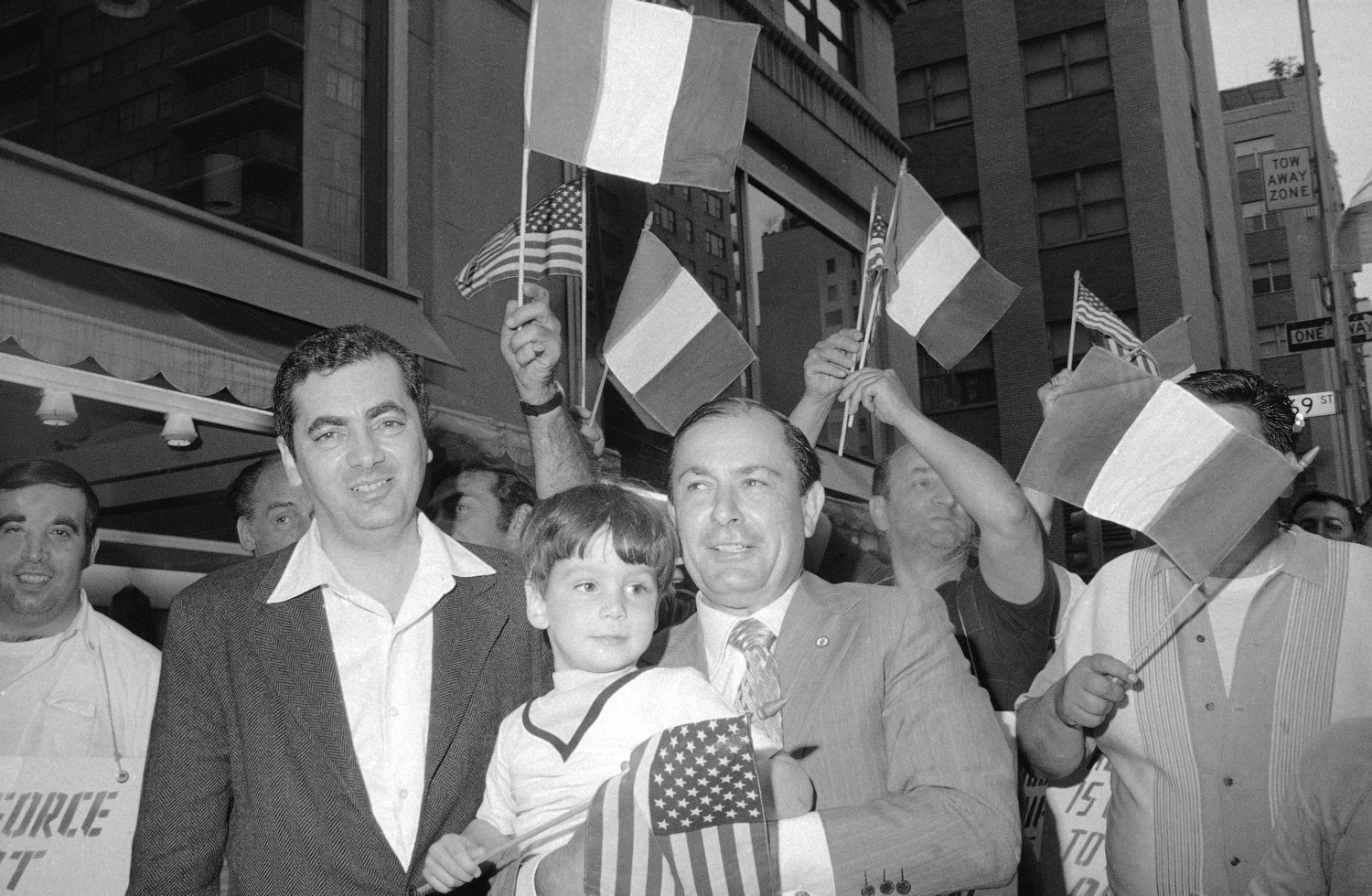
Carmine Persico
Like you’ve no doubt seen in the movies, Carmine “Junior” Persico was one of those mob bosses who still controlled the interests of a major gang while he was inside a prison cell. Persico was head of the Colombo crime family, rising his way up from being a teenage hitman in Brooklyn. He earned another nickname, “The Snake,” for his ruthless moves against his own allies during his long career.
Persico is said to have been involved in more than 20 murders, including those of guys on this list like Albert Anastasia and Joe Gallo. In 1986, he was sentenced as part of a major federal case against New York crime bosses and eventually given 139 years in prison. He died behind bars in 2019 at the age of 85.
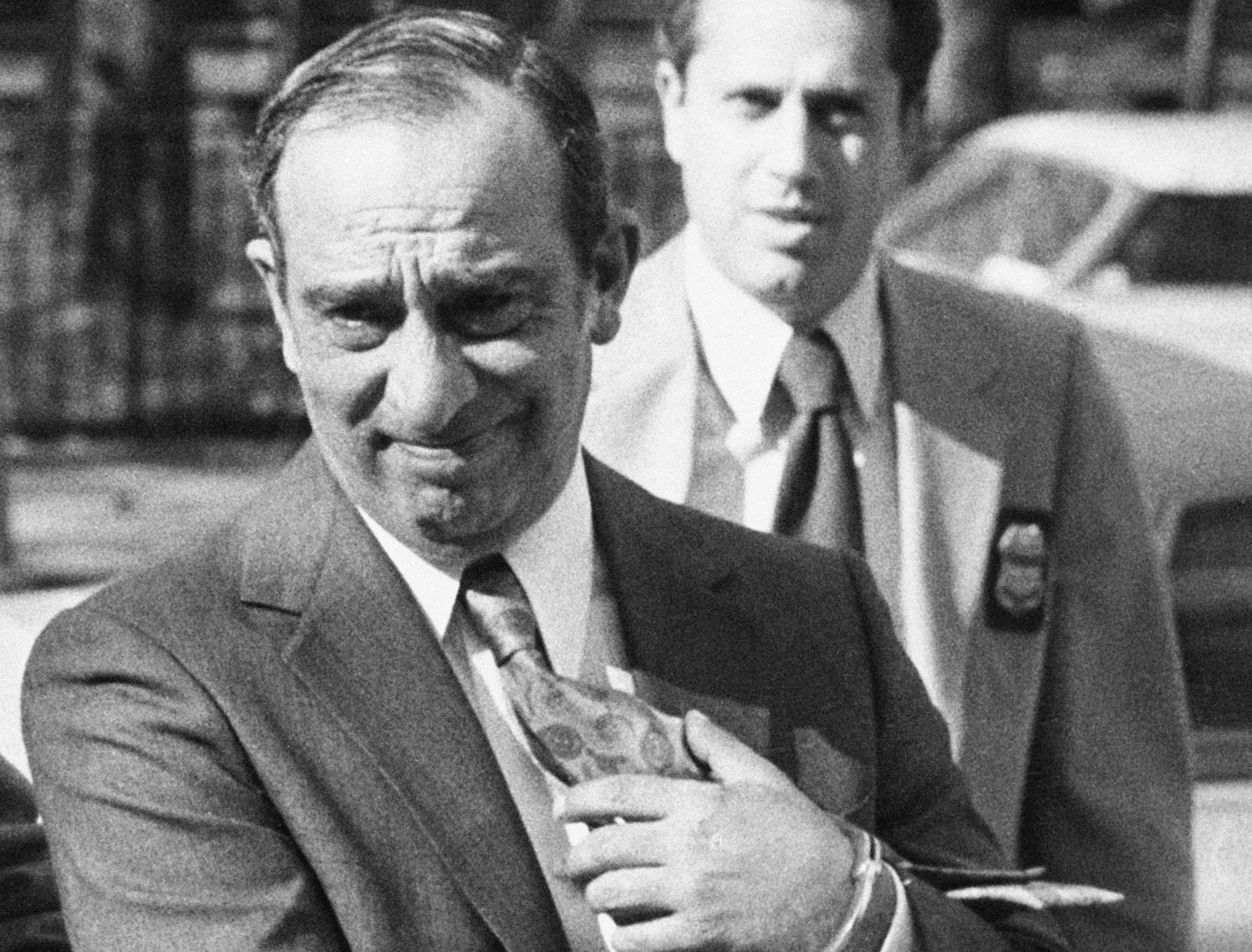
Vincent Gigante
Like several others on this list, Vincent “Chin” Gigante died while serving a prison sentence. Gigante, who ran the Genovese crime family throughout the 1980s and ‘90s, ran an elaborate scam on the American legal system by faking mental incompetency to delay his criminal trials for nearly a decade.
“The Oddfather,” as Gigante would become known due to that ruse, was a professional boxer in his 20s, while also being arrested several times for small offenses. He became a major player in the 1950s as a pupil of Vito Genovese and was acquitted after allegedly trying to murder Frank Costello in 1957. Gigante was eventually sentenced to 12 years in prison in 1997, and he died behind bars in 2005 at the age of 77.
